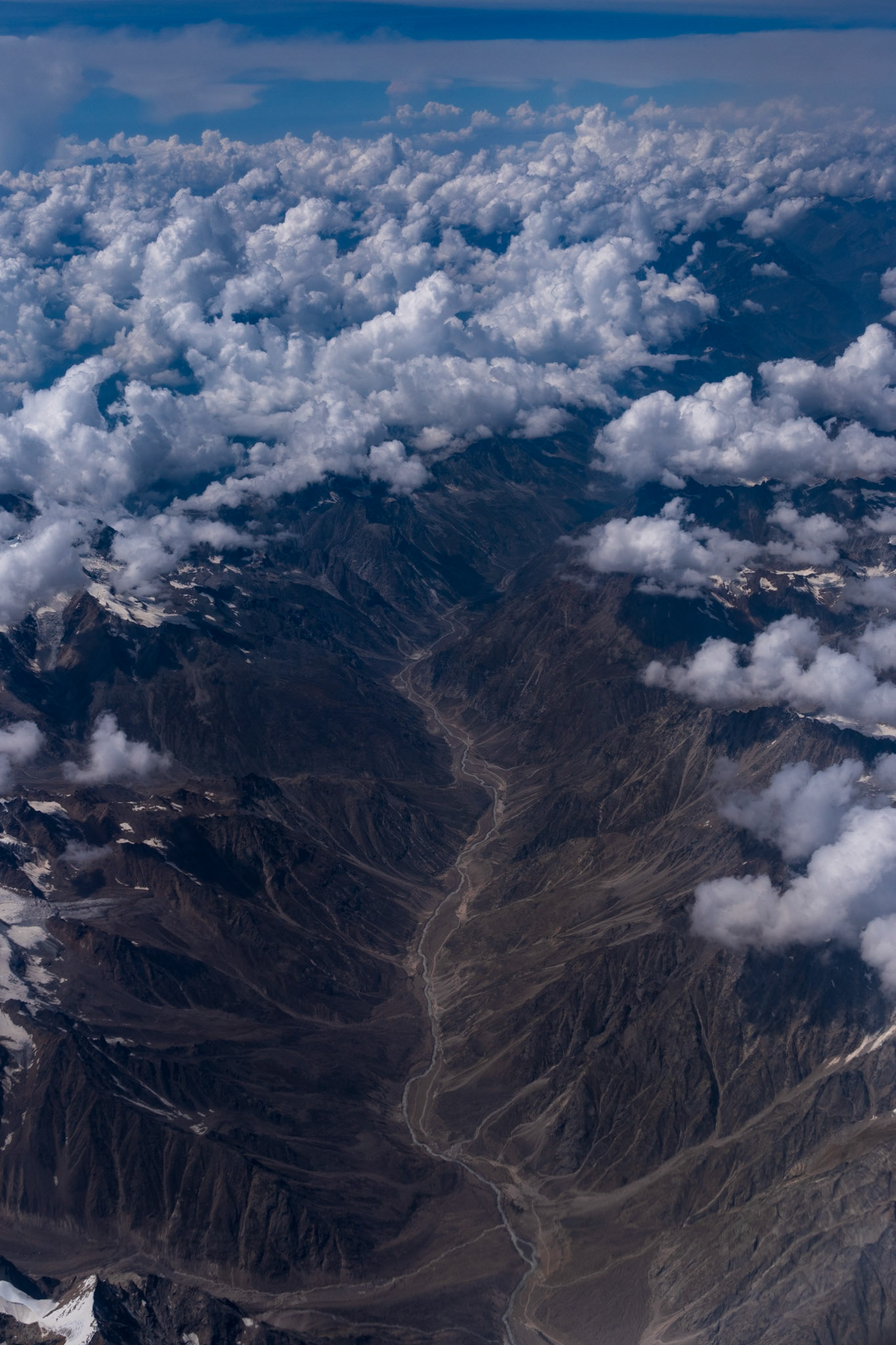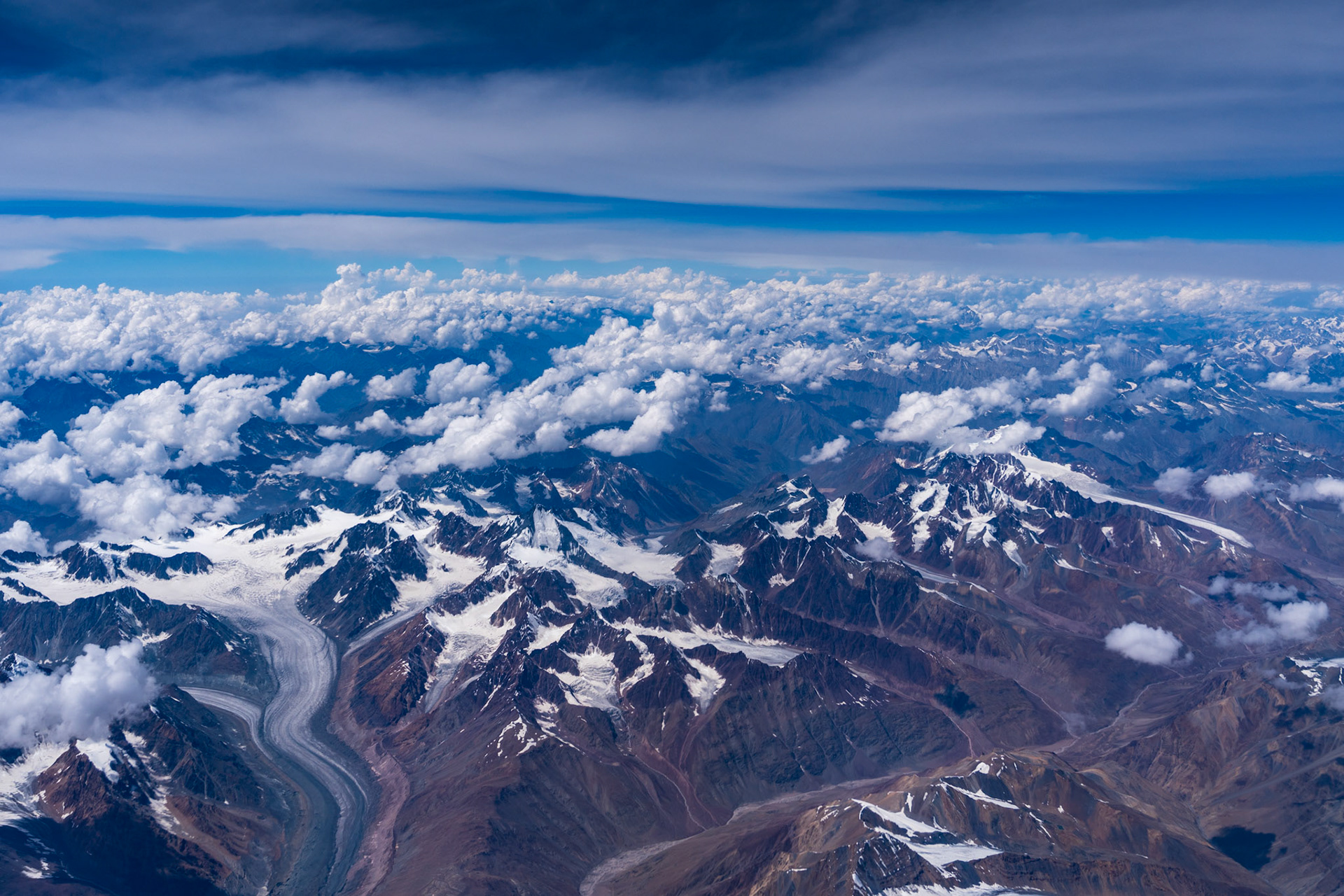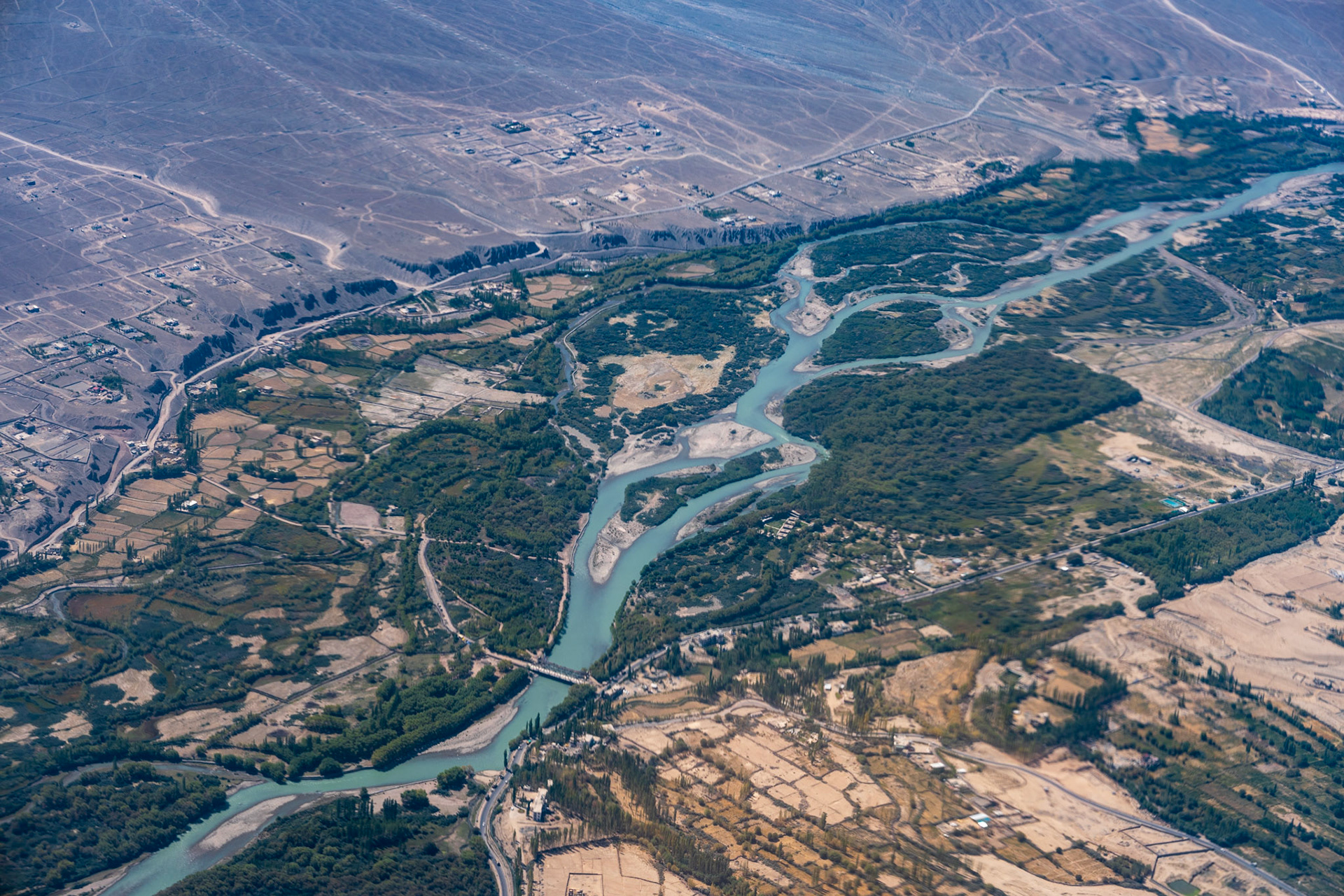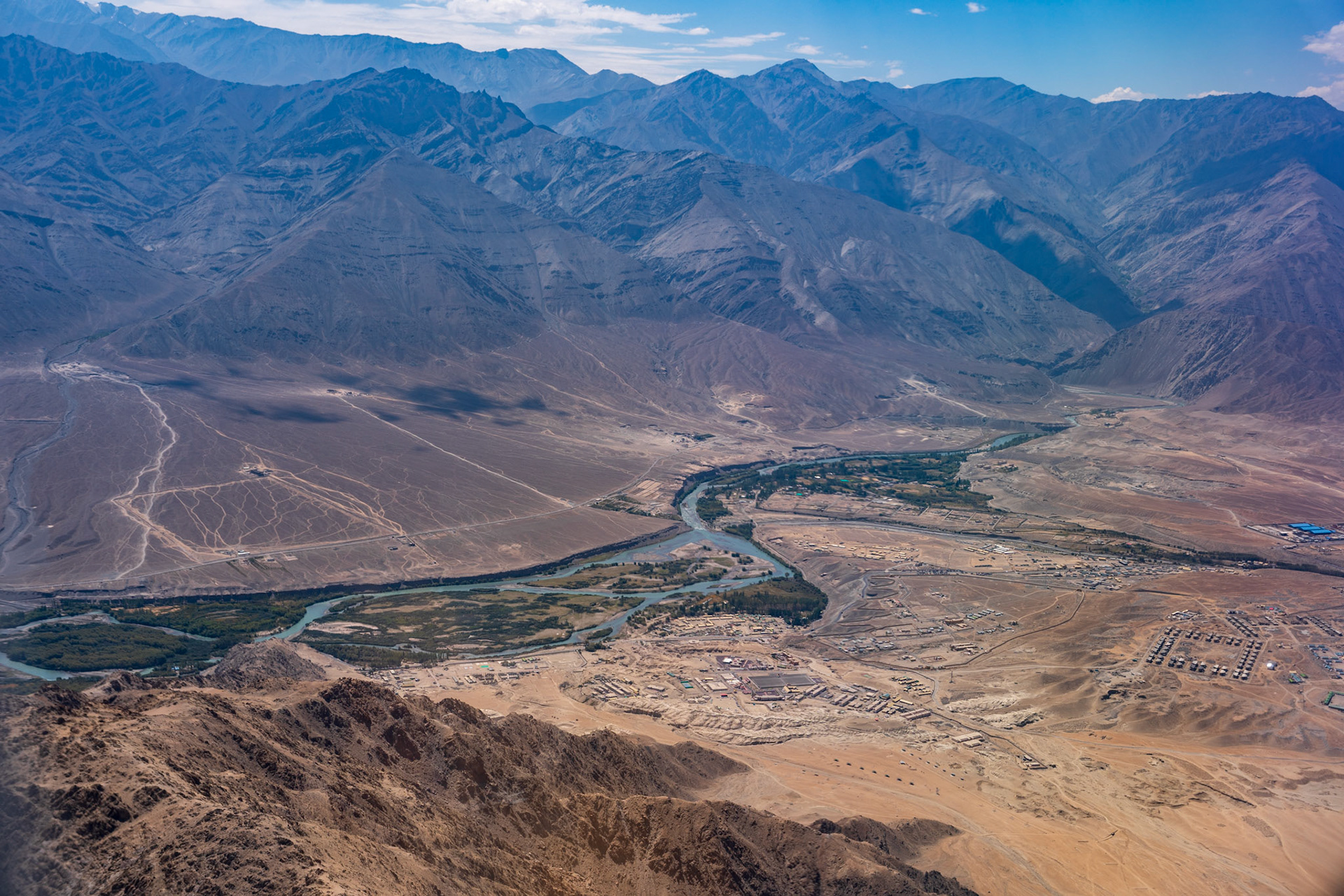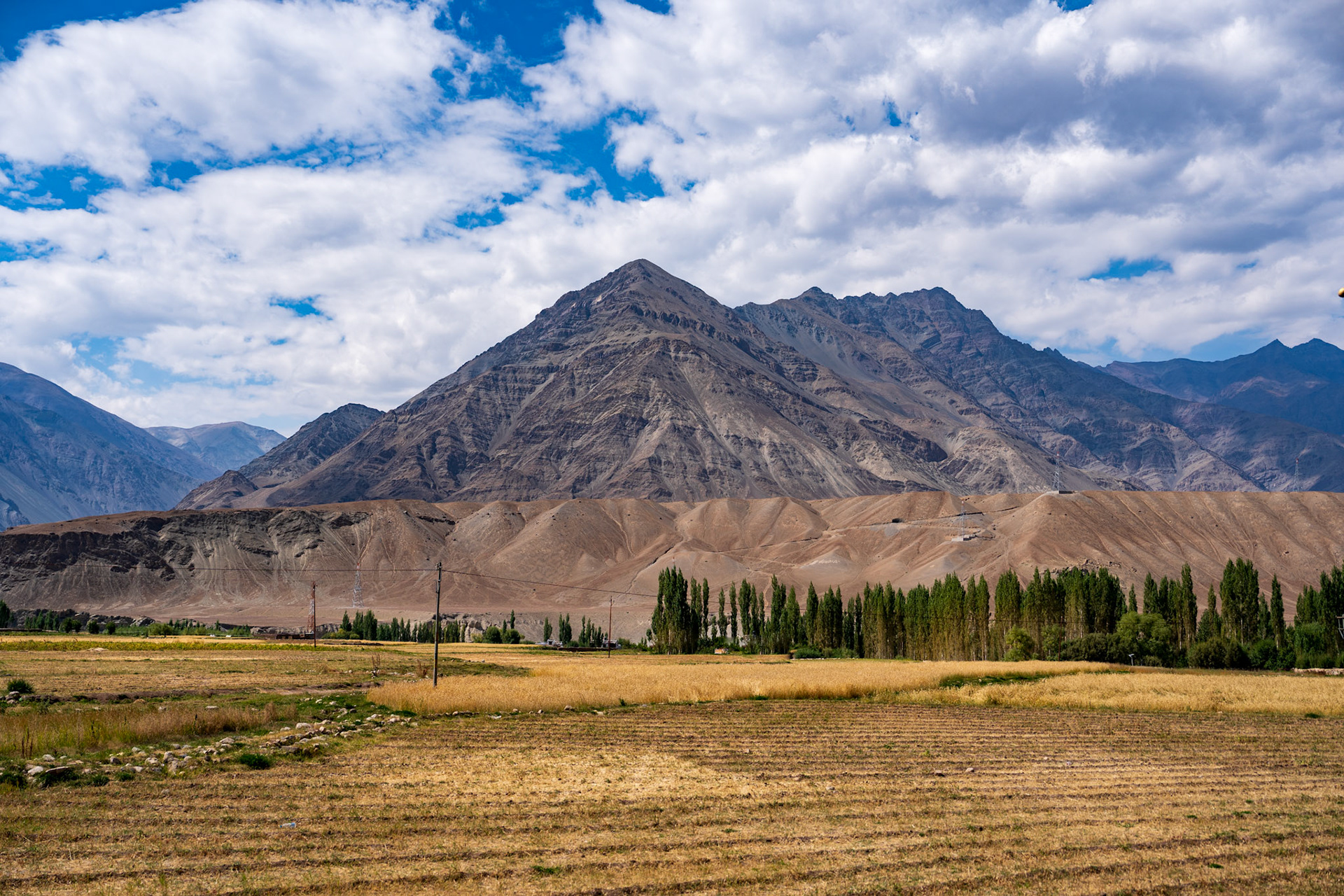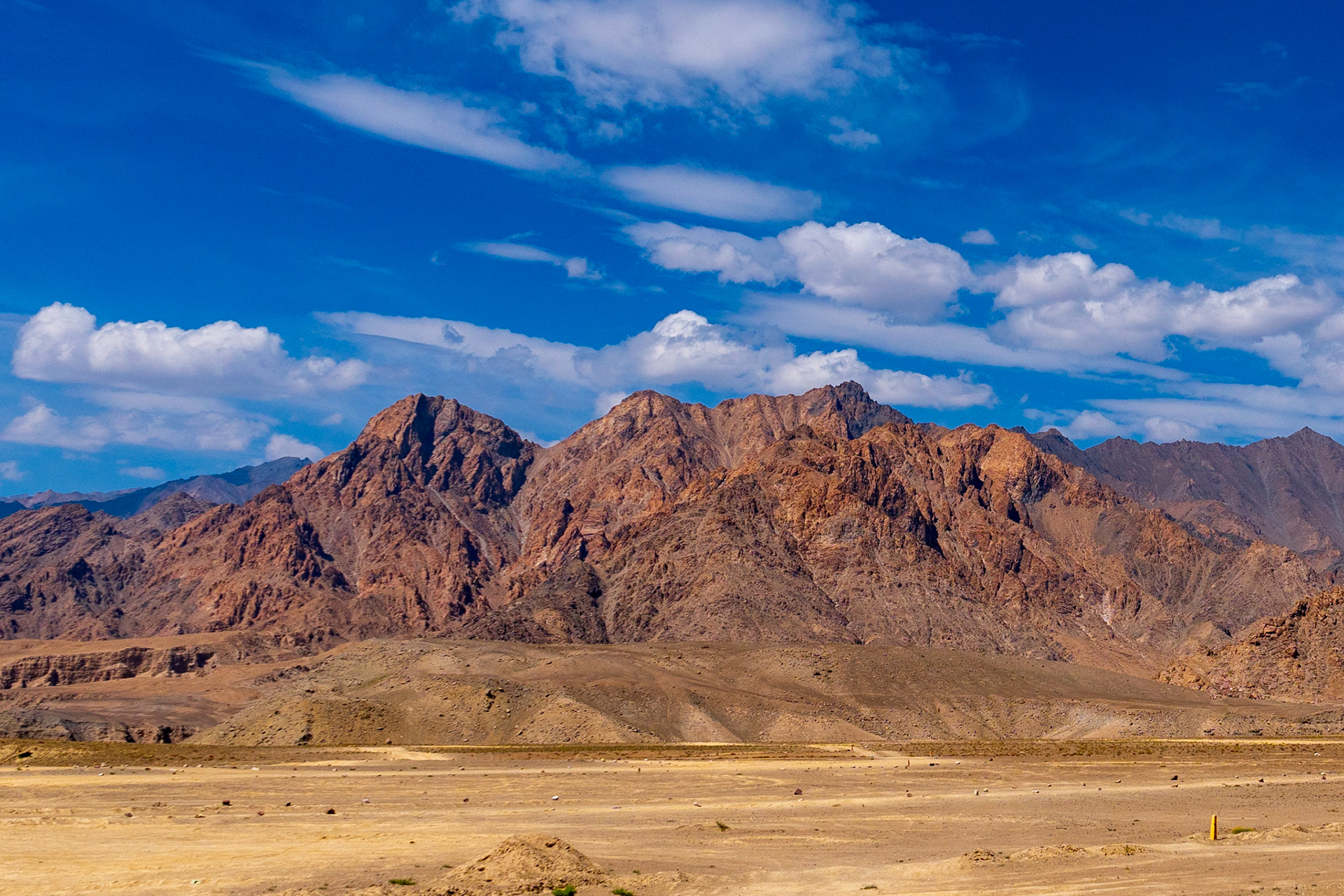Ladakh is way more beautiful than I ever imagined. While tourism increased in the last few years because 3 Idiots (hindi movie) featured this area, and the government is making strong investments in improving infrastructure, tourism is still low compared to other similar places I have been to both outside and inside of India.
We didn’t have the luxury to spend two weeks which is what one should spend here so my experiences serve more as a sample rather than a holistic journey. A 4 week Shimla - Ladakh - Srinagar trip has been added to the bucket list.
Final note: Because this area is surrounded by Pakistan on one side, and China on the other this is the most heavily militarized place I might have ever been too. Credit where it’s due - every military person i encountered was extremely friendly.
Sangam - Sangam means combination, or confluence. And at this point you see the confluence of the Indus River, and Zanskar river. Indus is blue in color, and Zanskar is muddy brown.
The Indus river is a 3,120 km (1,940 mi) river that rises in mountain springs in Western Tibet, flows northwest through Kashmir, before emptying into the Arabian Sea near the port city of Karachi, Pakistan. The Zanskar River is the first major tributary of the Indus River, equal or greater in volume than the main river. It flows entirely within Ladakh, India.
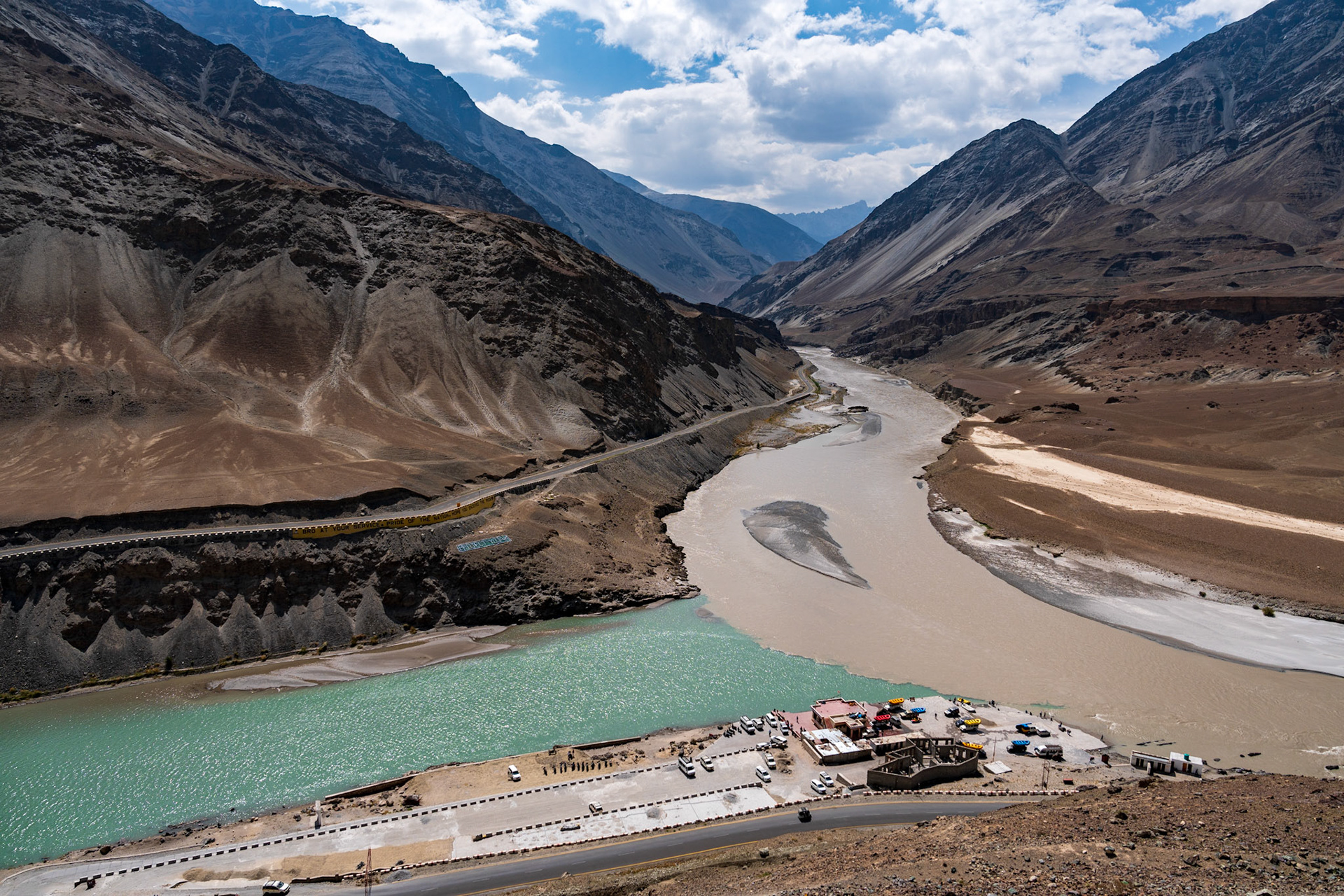
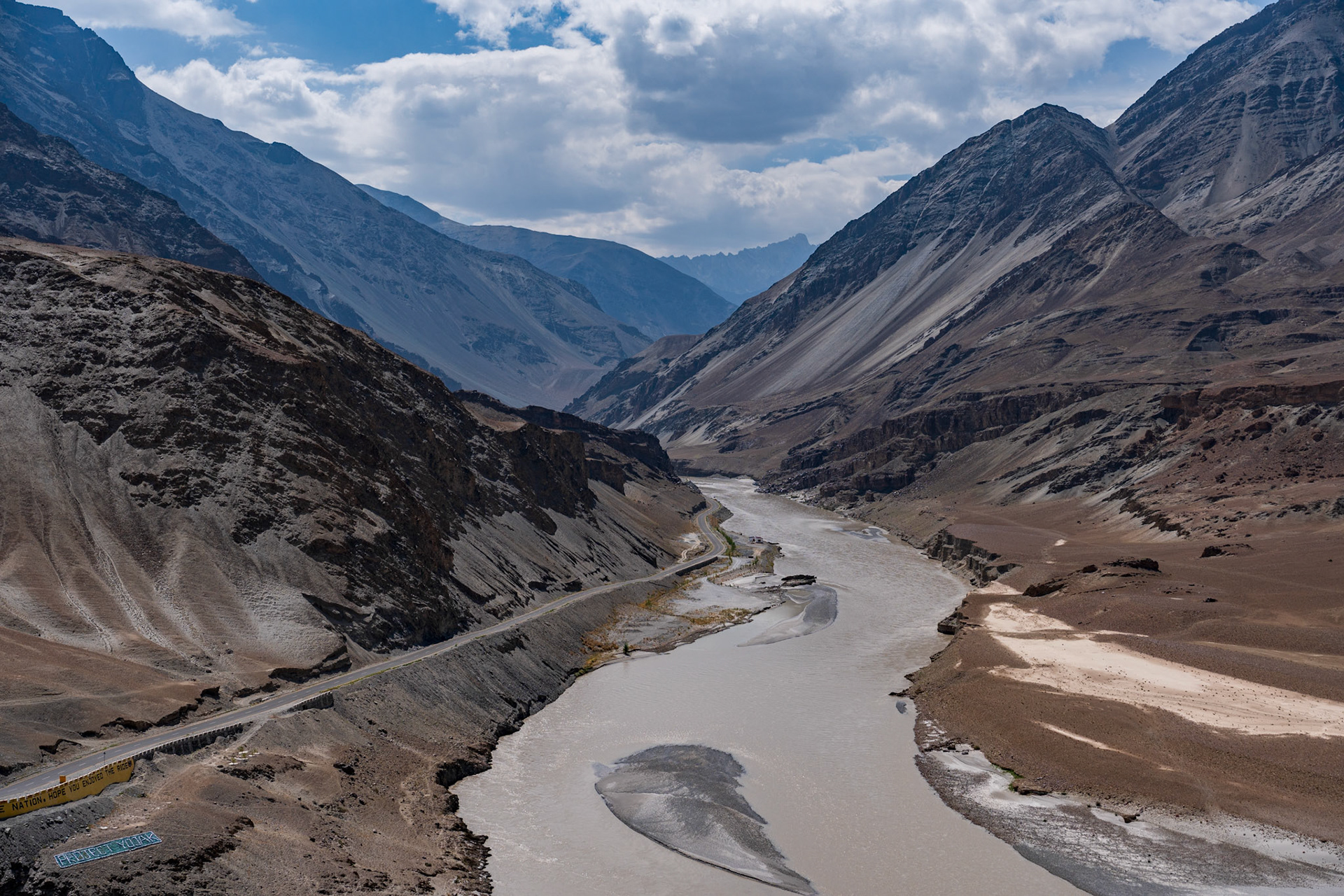
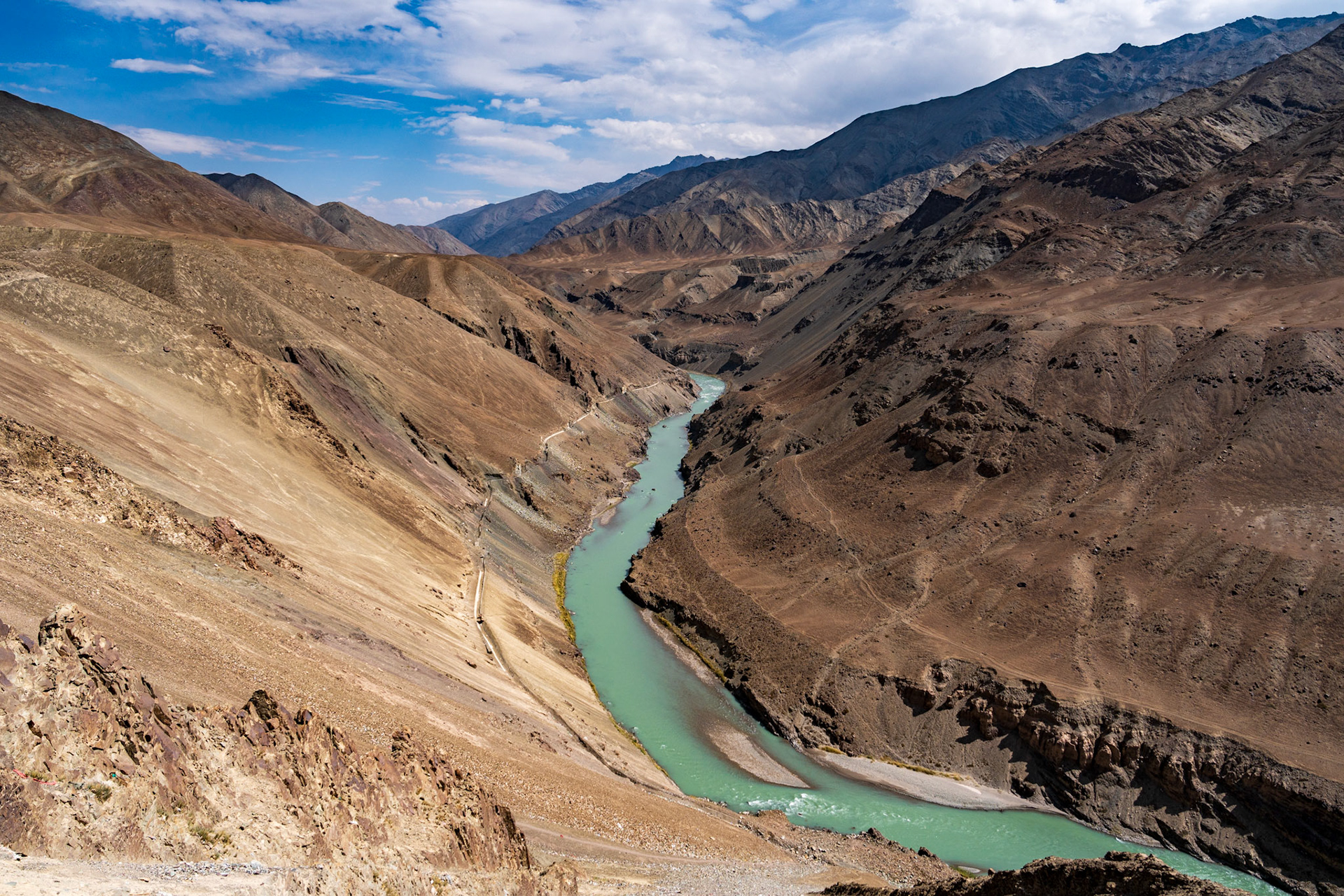
Pangong Tso - This lake is probably the most beautiful lake I might have ever seen. And i have seen many beautiful lakes in many parts of the world. The shades of blue change with sunlight, and my pictures don’t come close to capturing the beauty.
Pangong Tso or Pangong Lake is an endorheic lake (no outflow of water) spanning eastern Ladakh and West Tibet situated at an elevation of 4,225 m (13,862 ft). It is 134 km (83 mi) long, and 330 ft deep (100 m). Approximately 50% of the length of the overall lake lies within Tibet, and 50% in Ladakh, India. The lake is 5 km (3.1 mi) wide at its broadest point. During winter the lake freezes completely. It has a land-locked basin separated from the Indus River basin by a small elevated ridge, but is believed to have been part of the latter in prehistoric times.
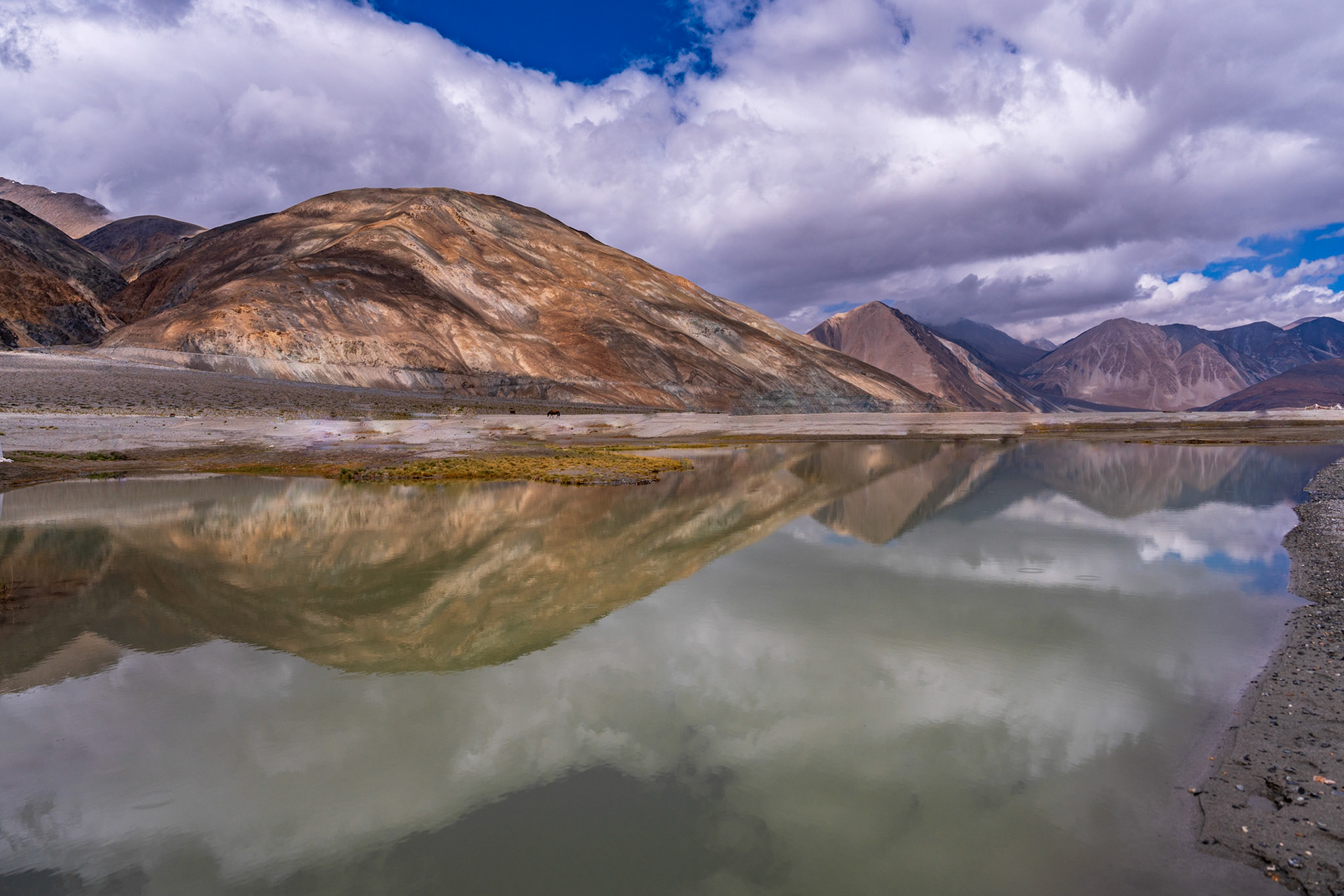
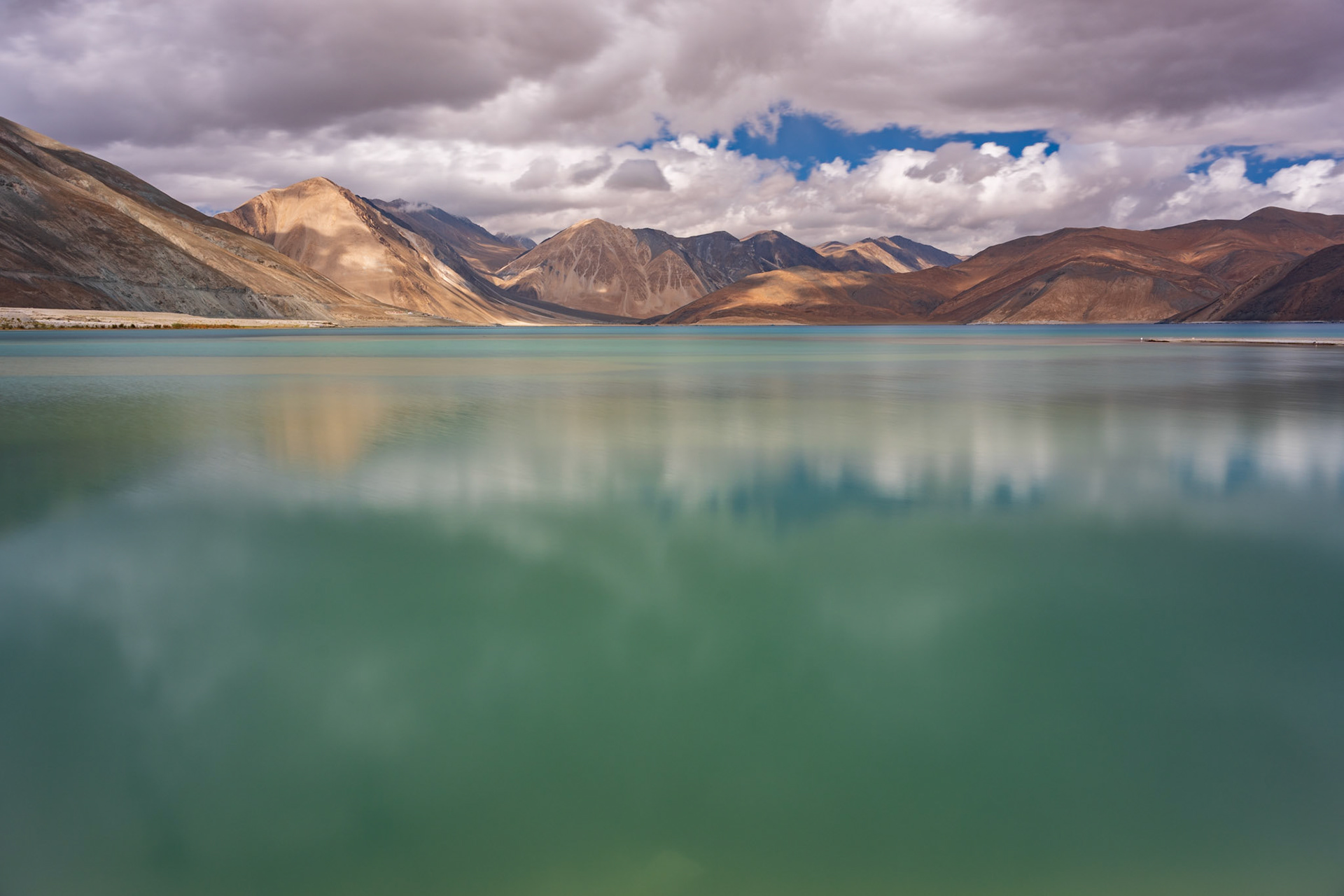


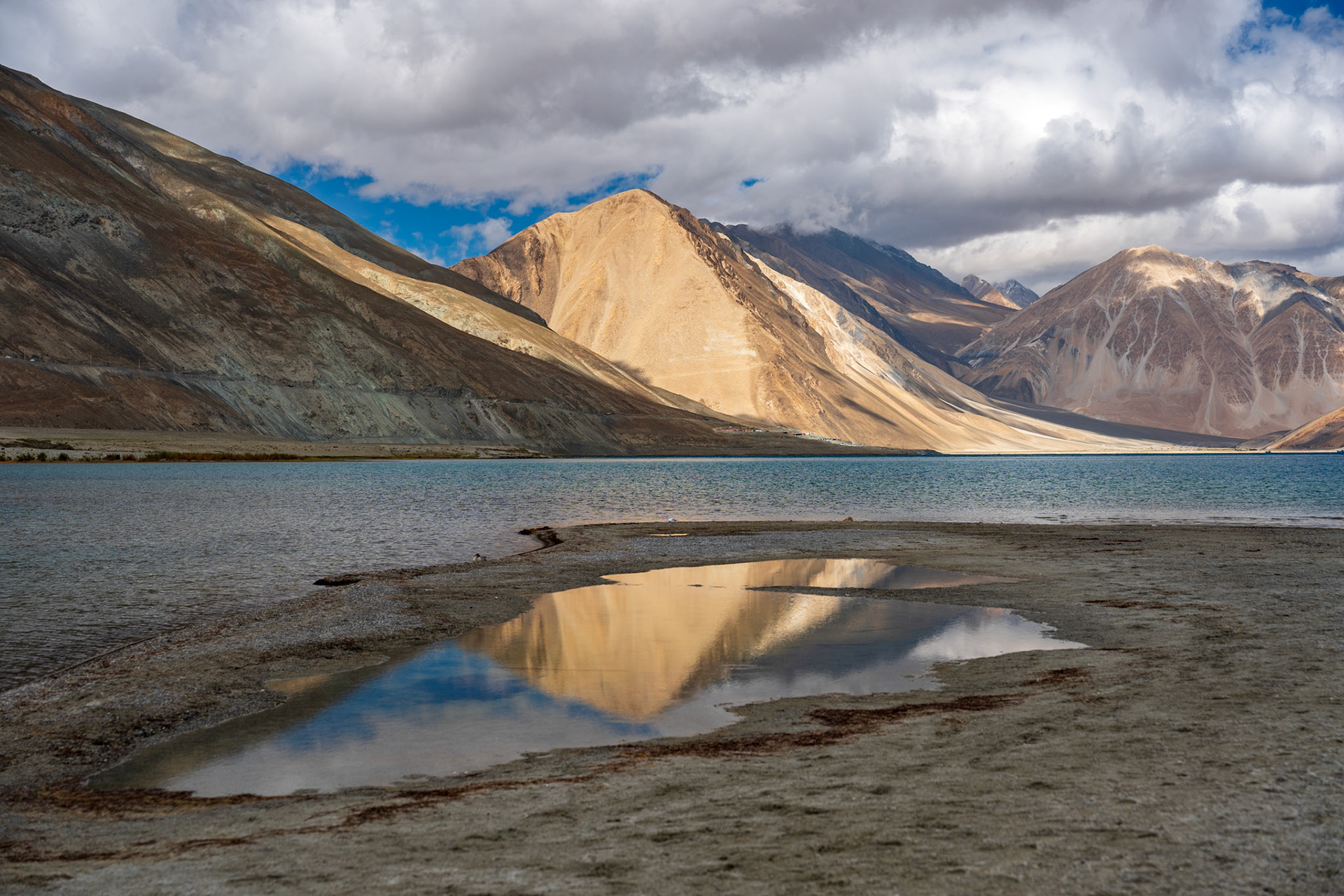
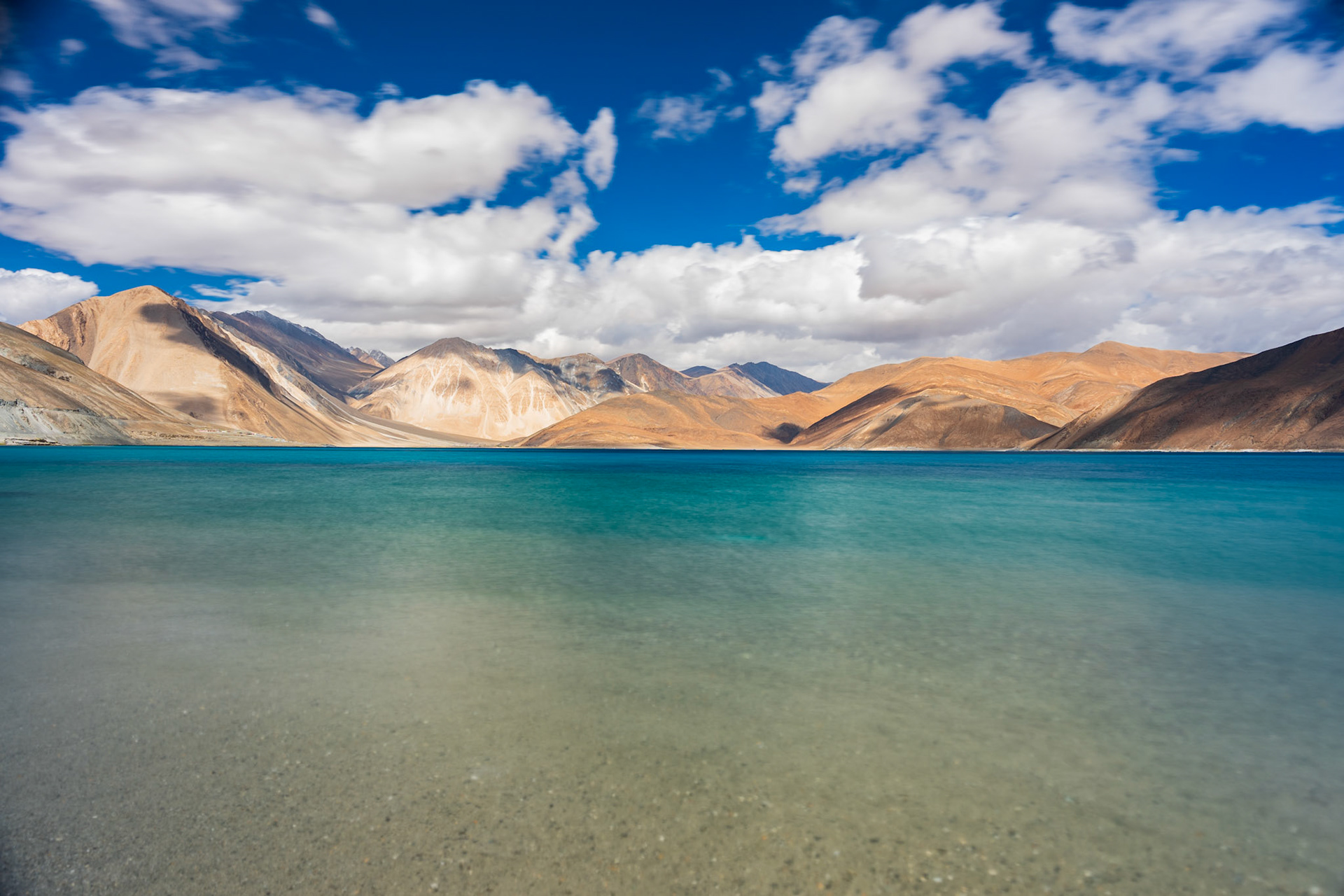
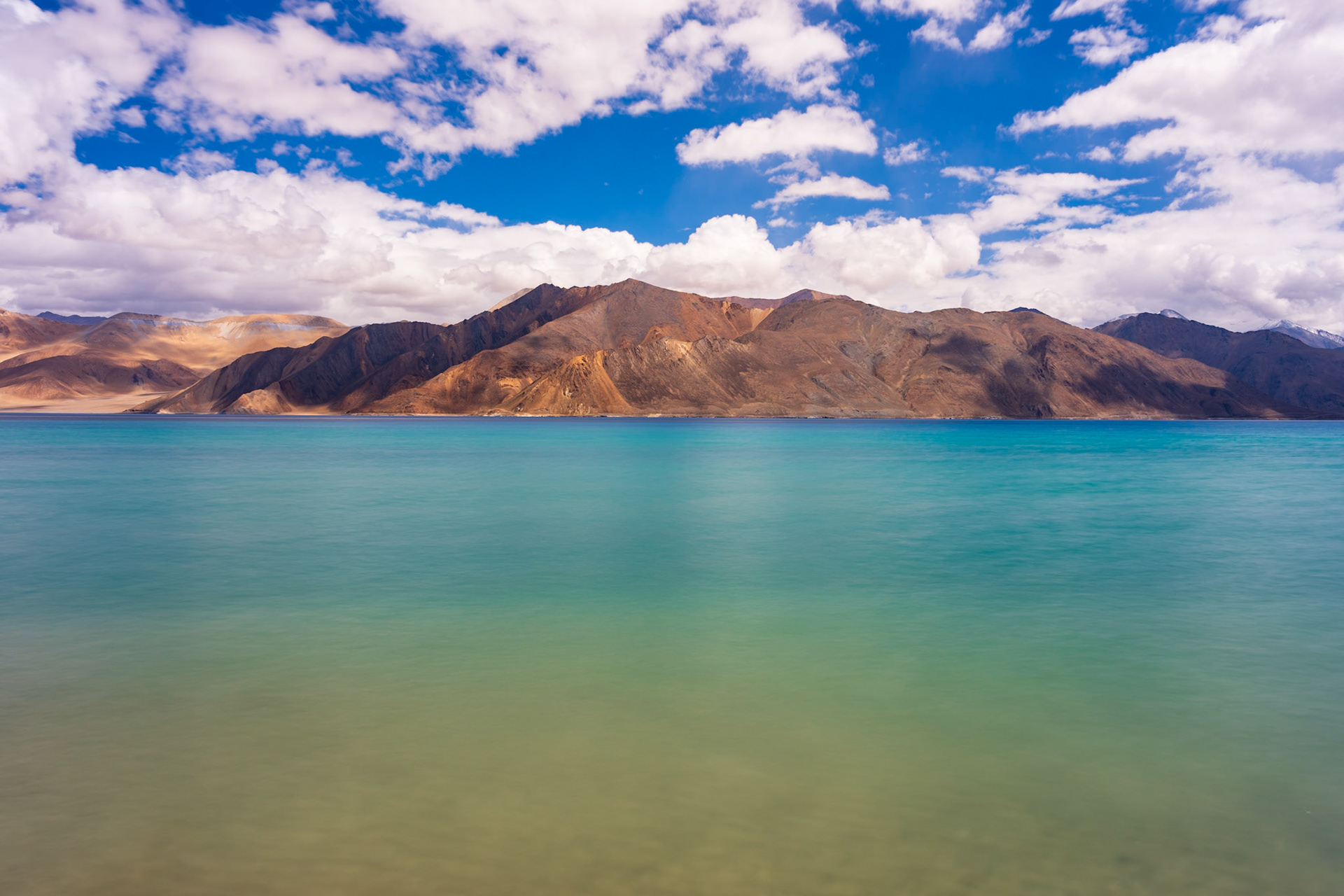
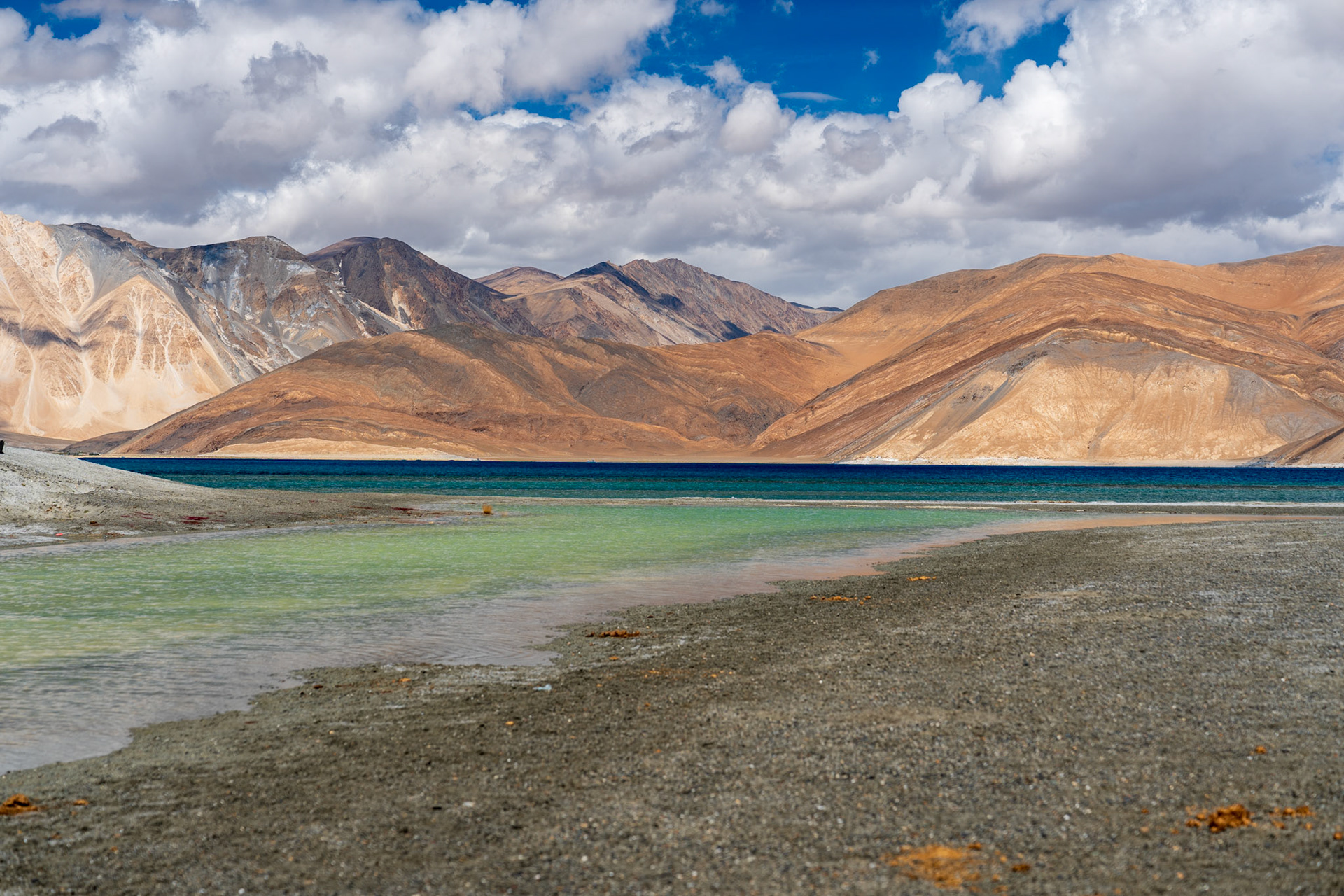
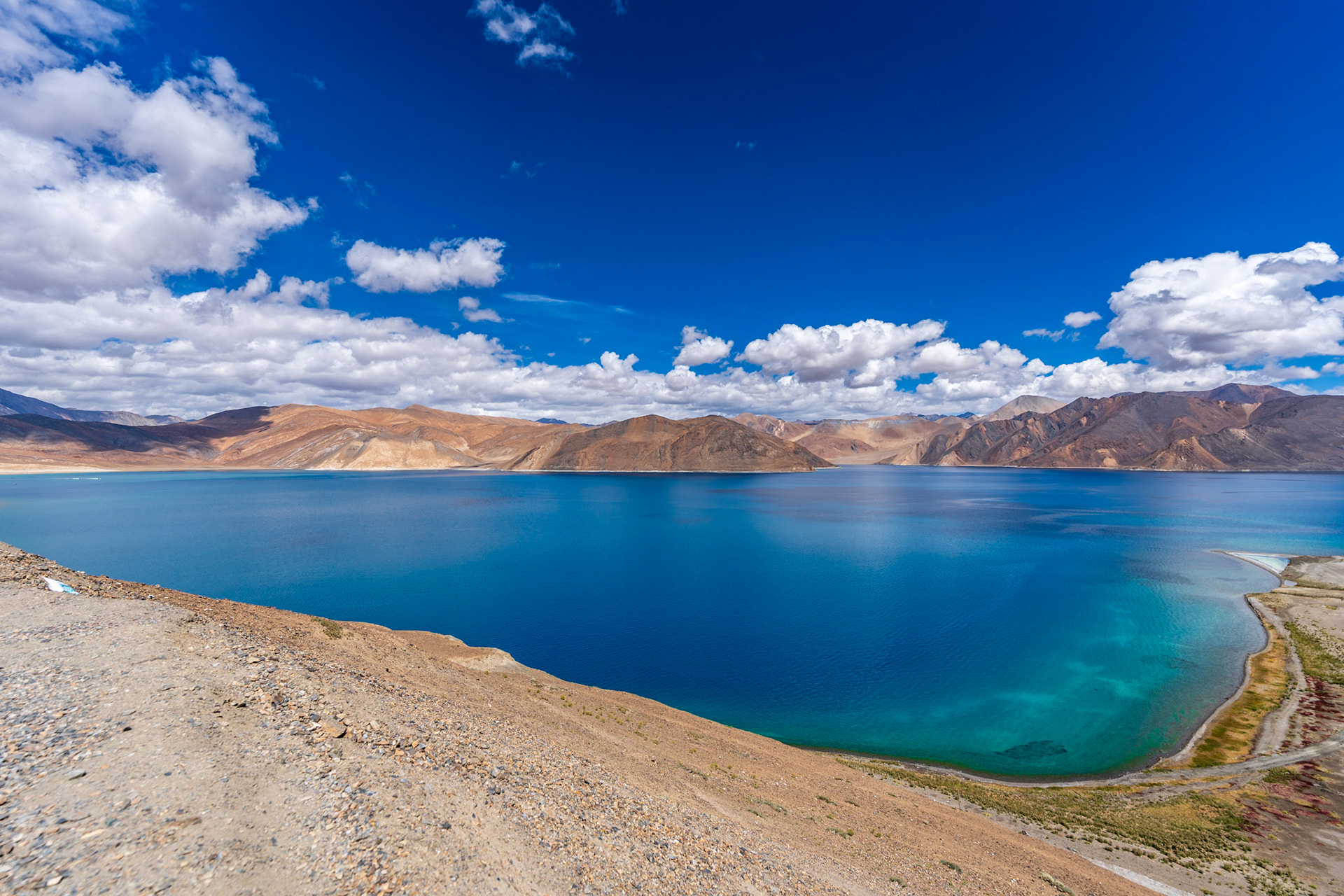
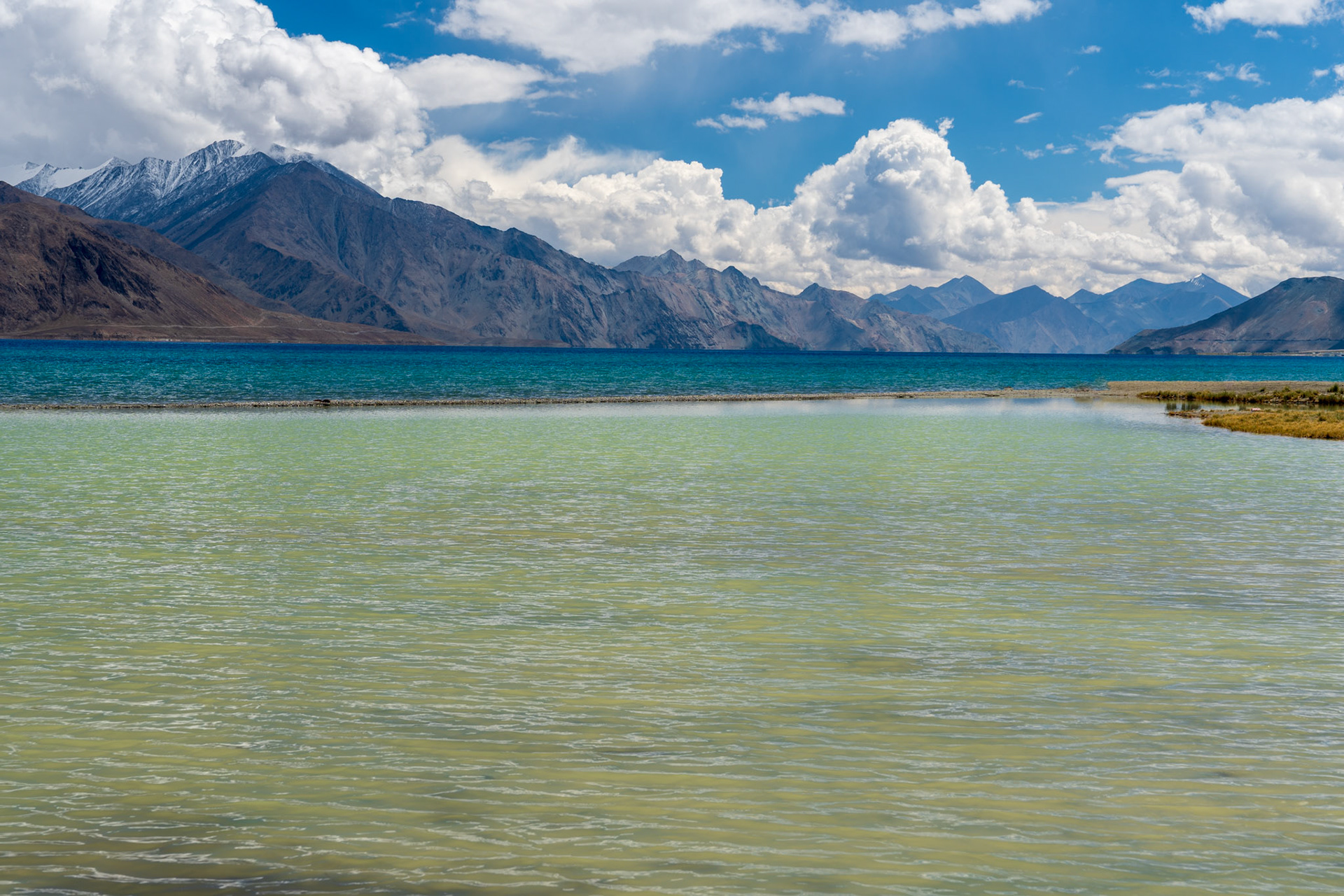
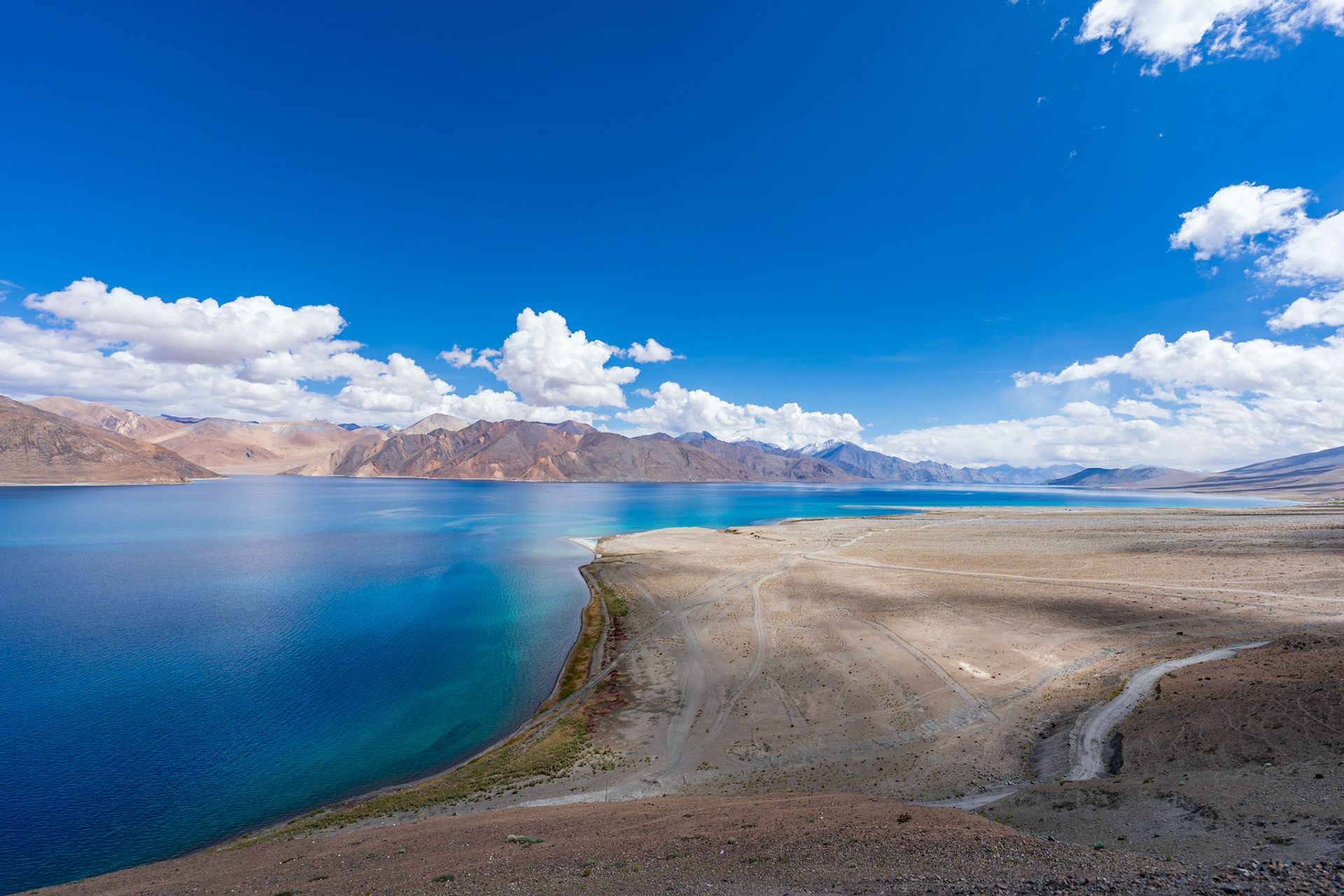
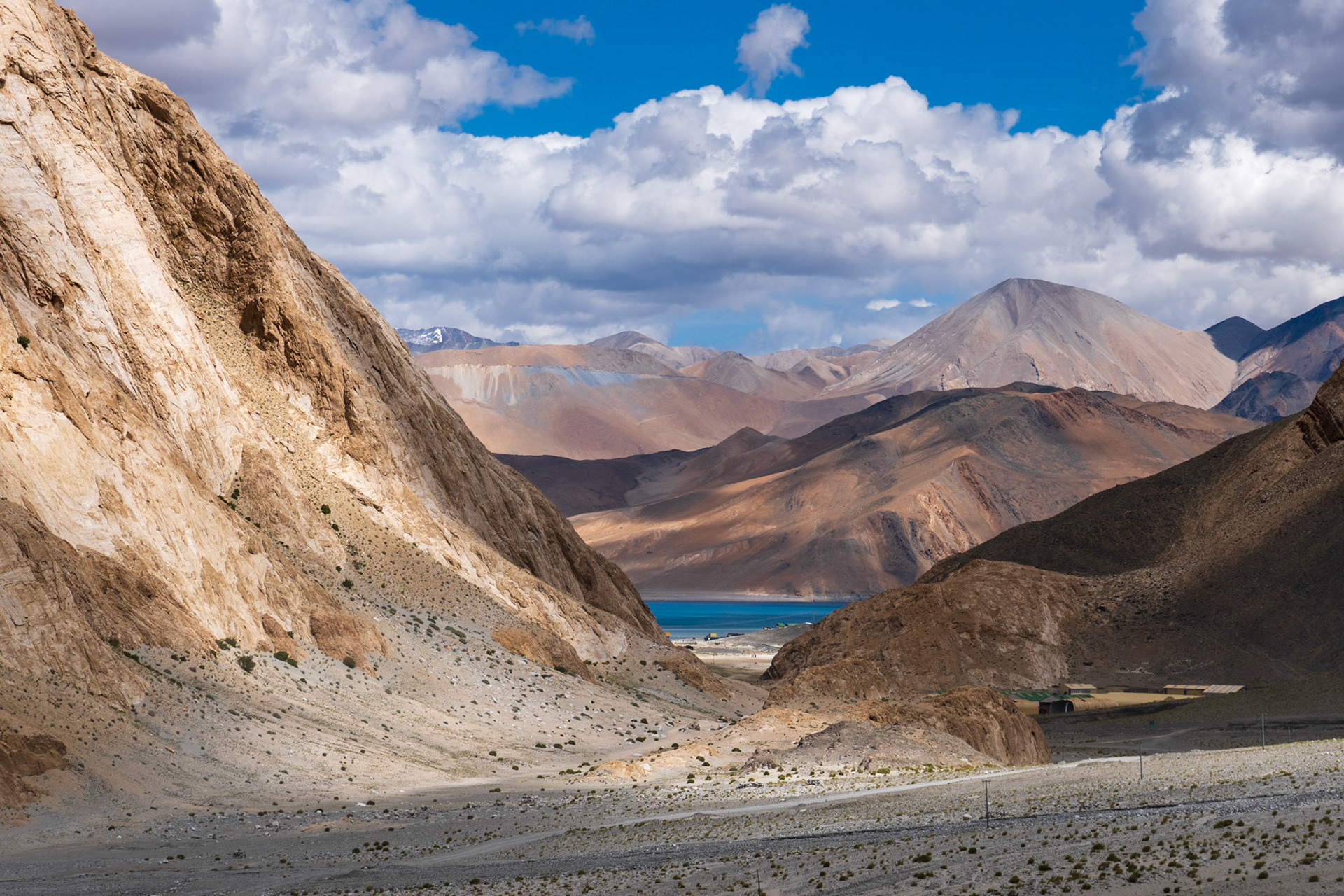
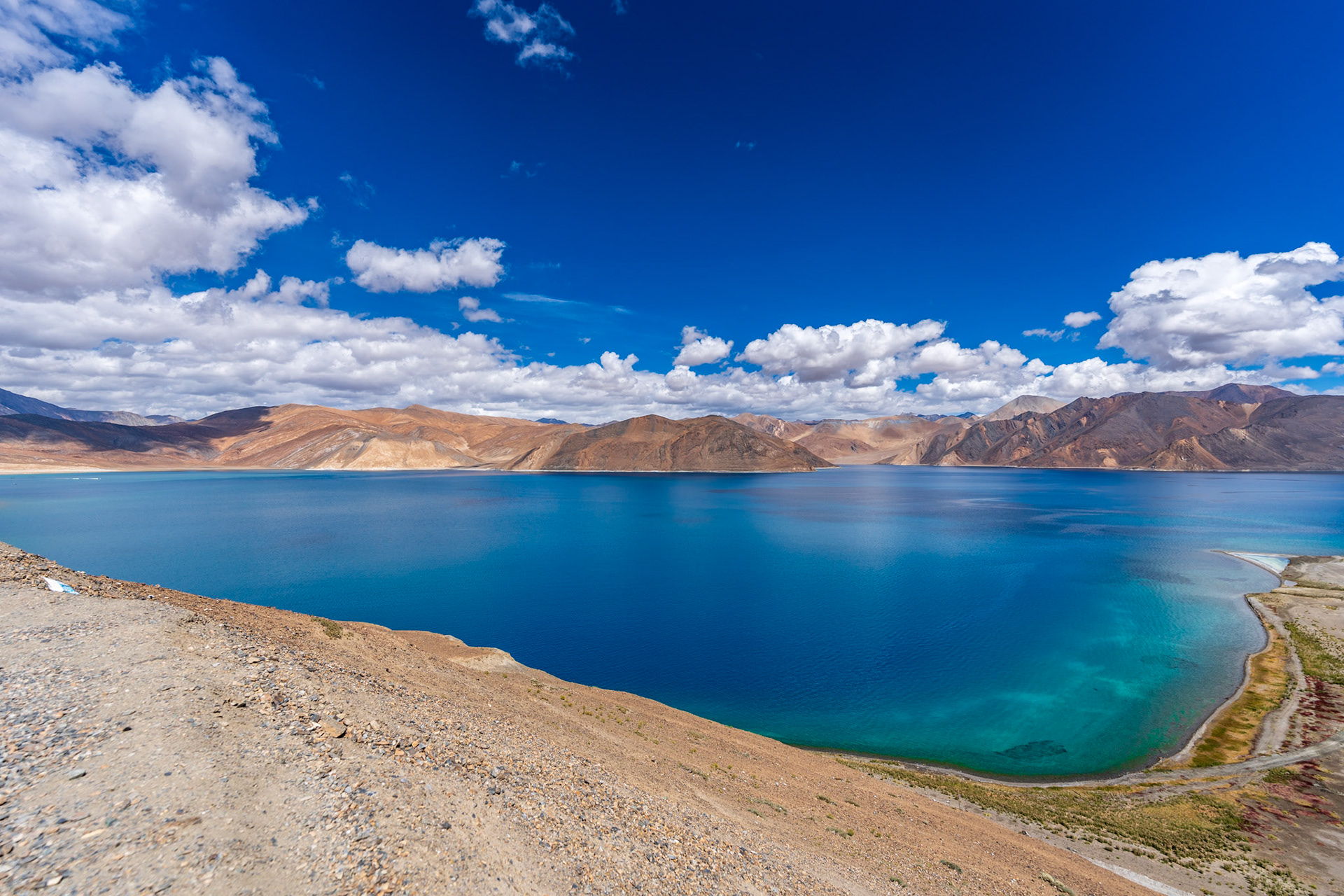
Monasteries - There are countless monasteries in Ladakh. We only went to Shey Palace, Hemis, Likir Gumpa, and Thiksay. If you are short of time I’d consider prioritizing Thiksay. That said monasteries in other parts of India especially Sikkim felt better maintained, and grander.
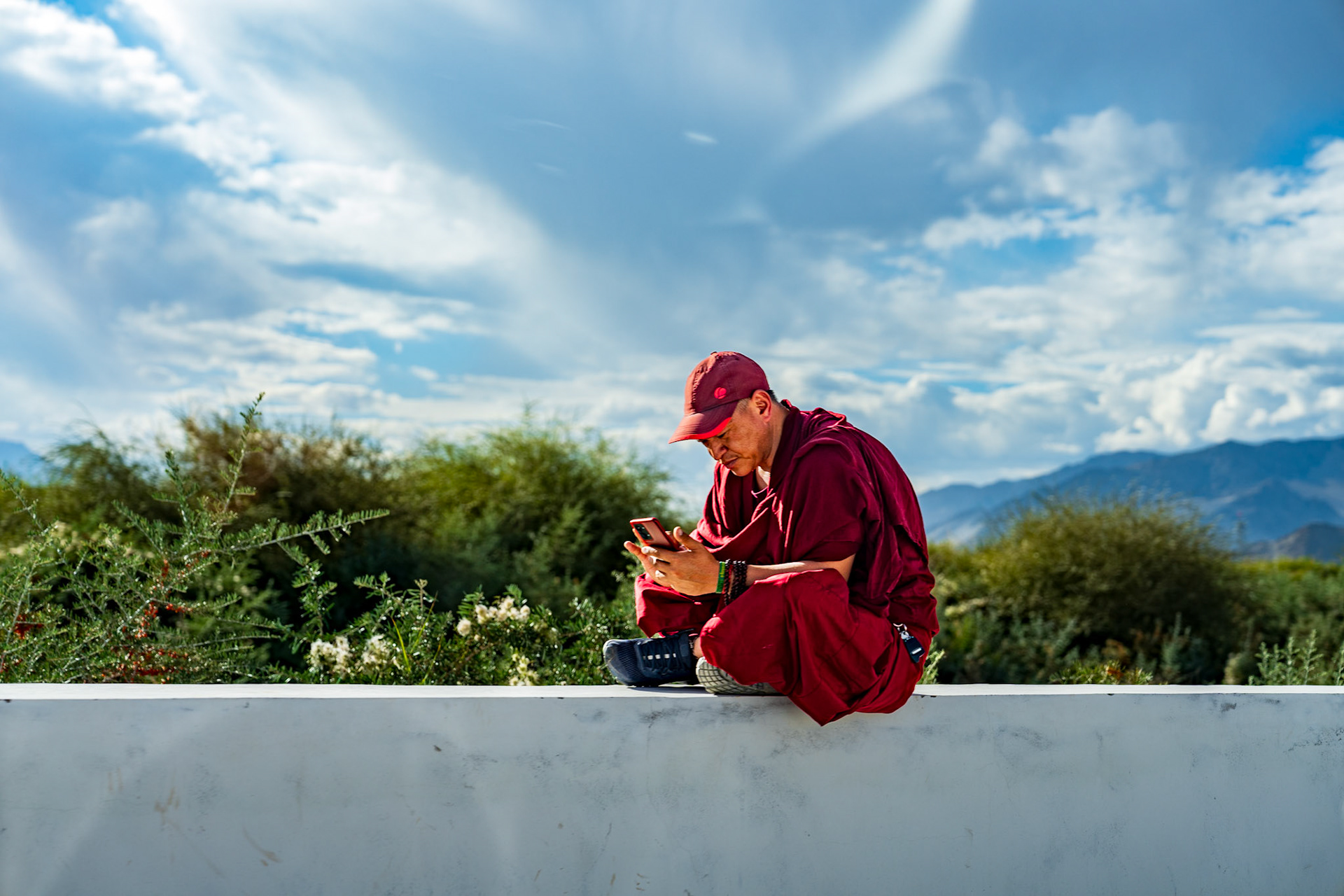
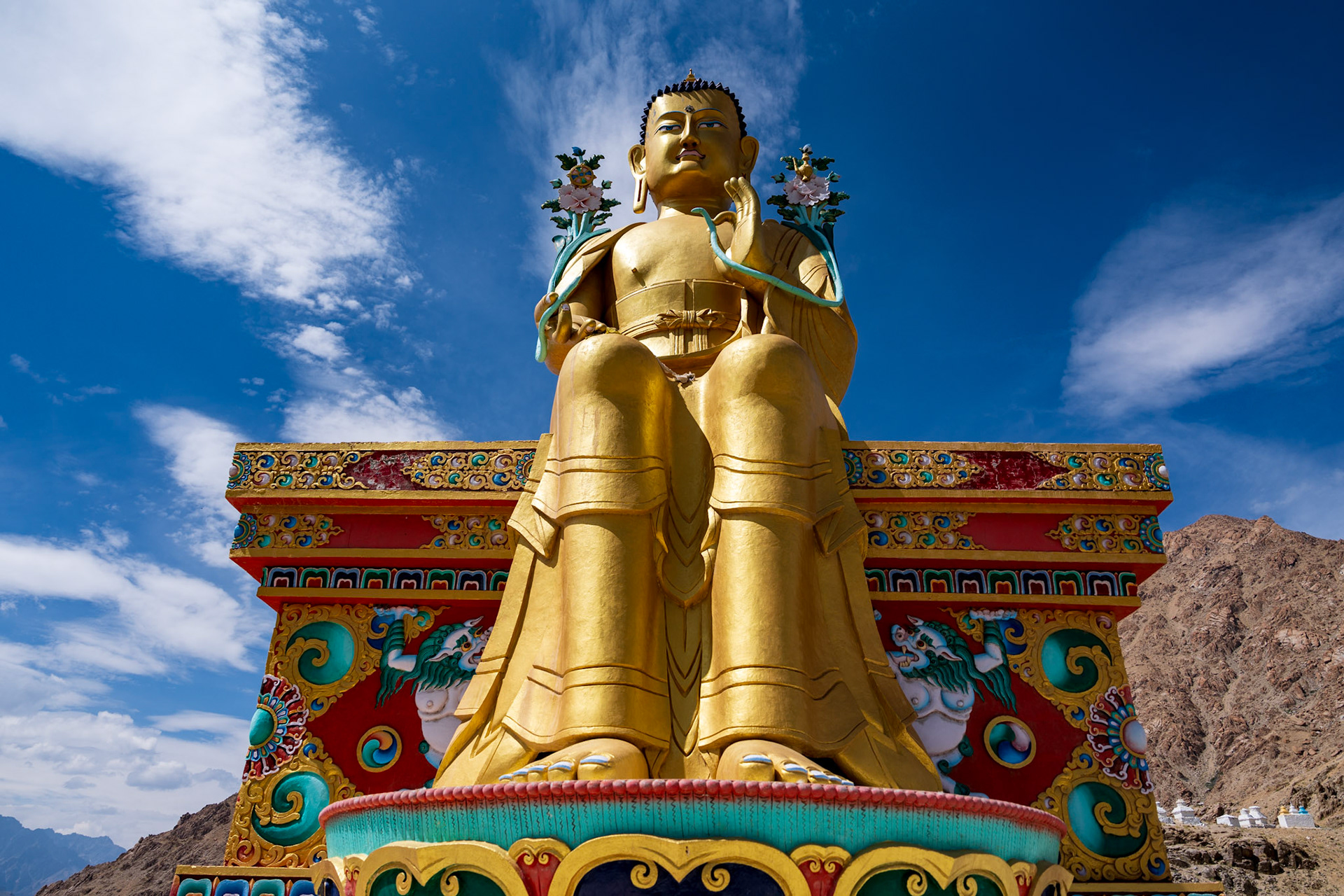


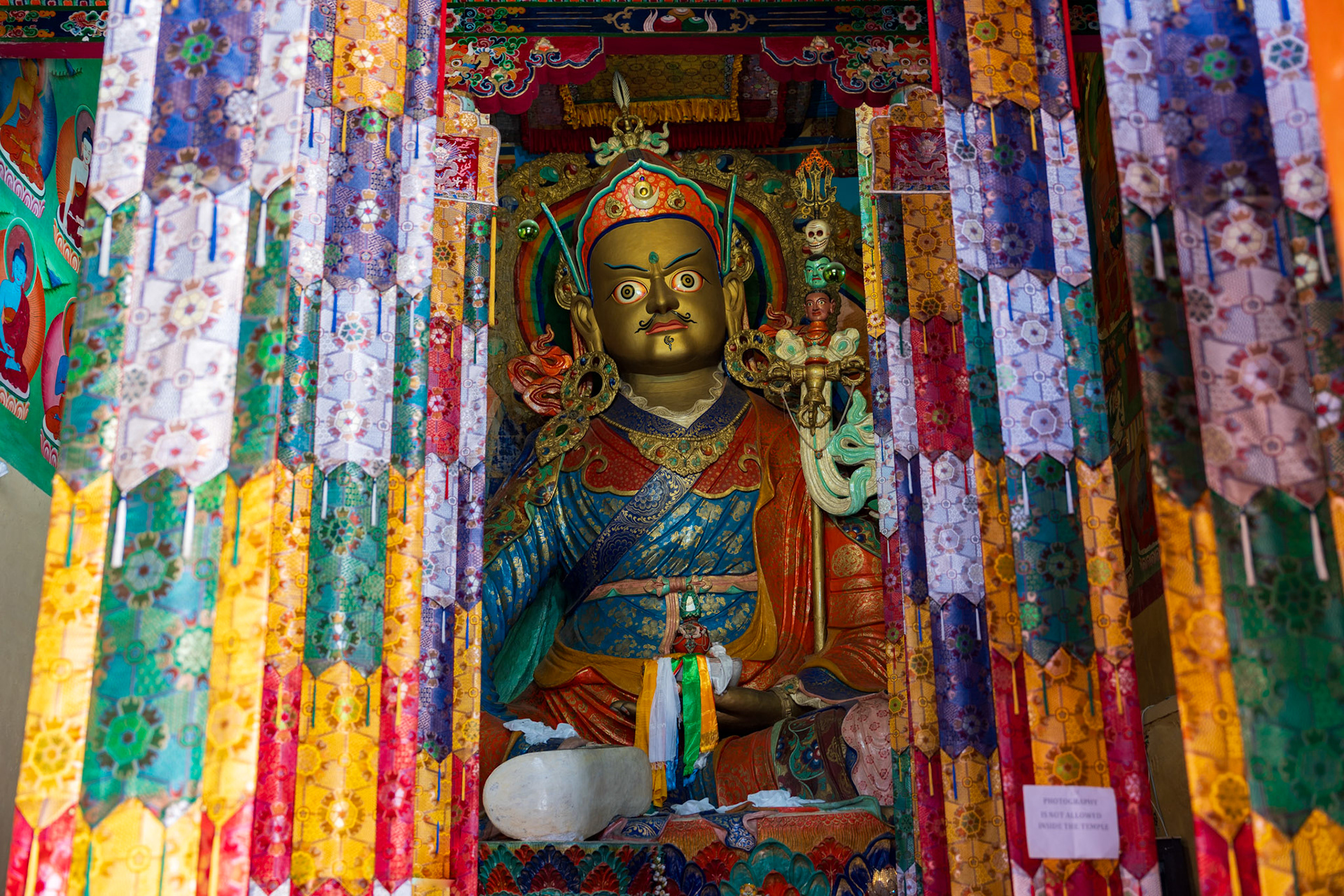
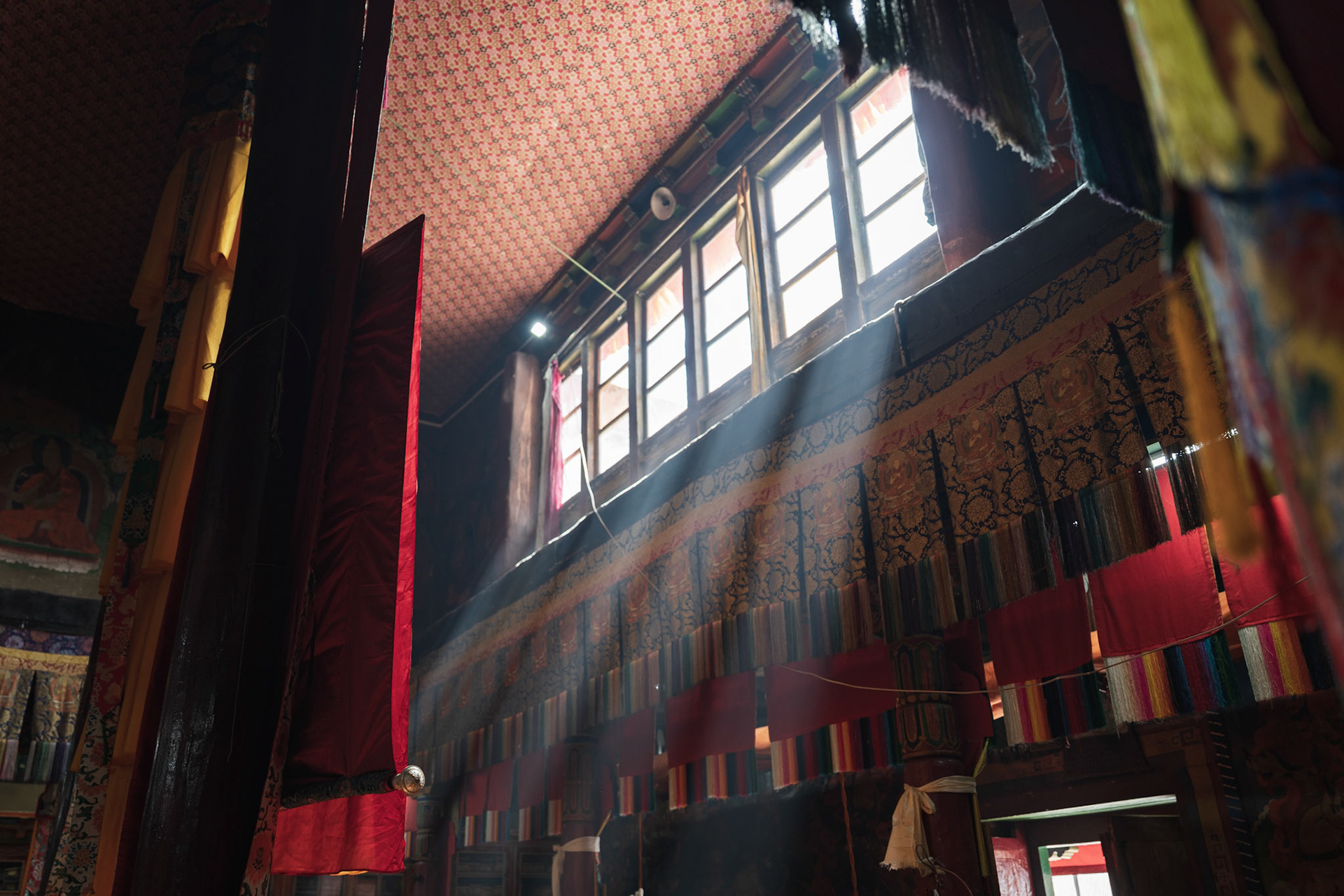

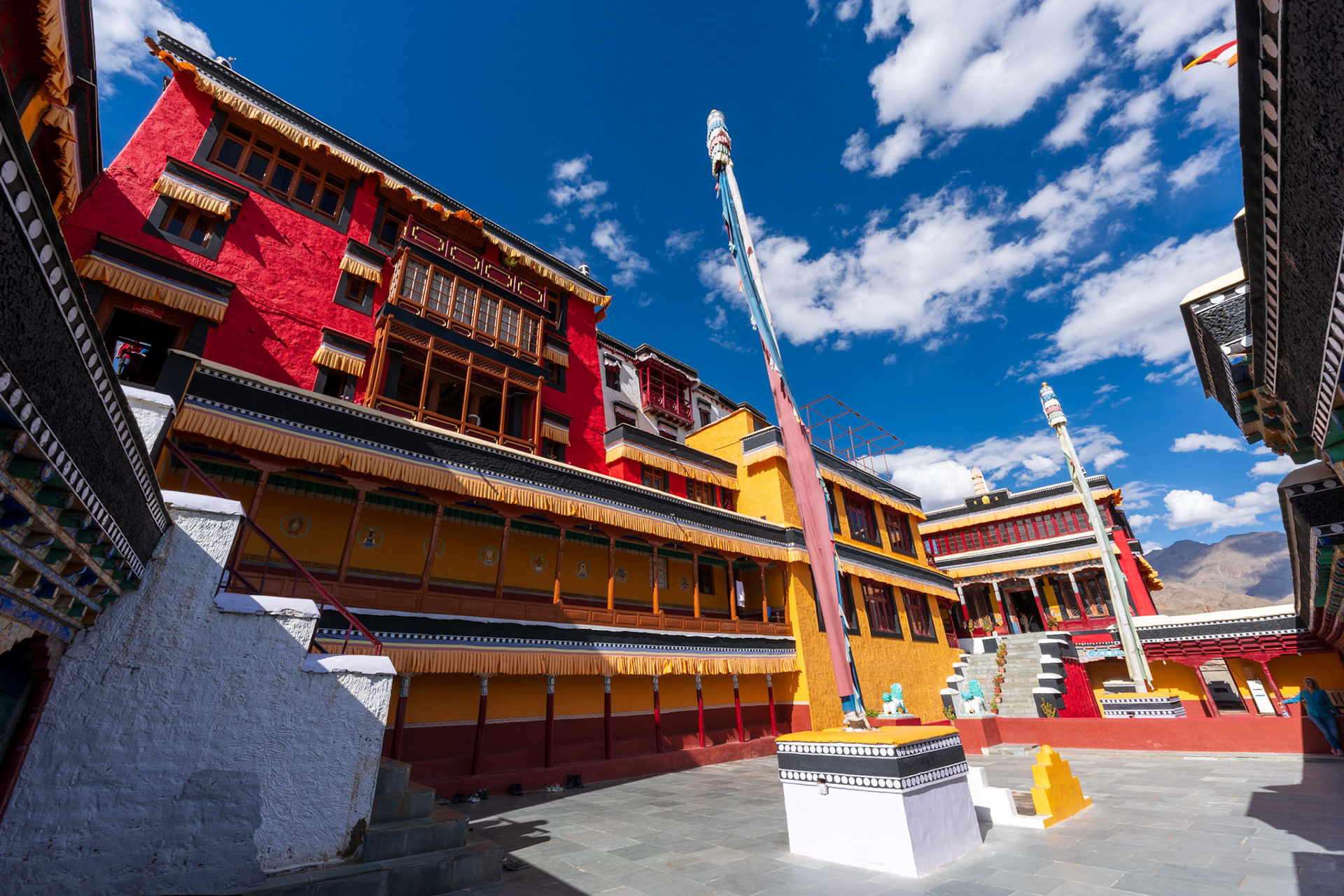
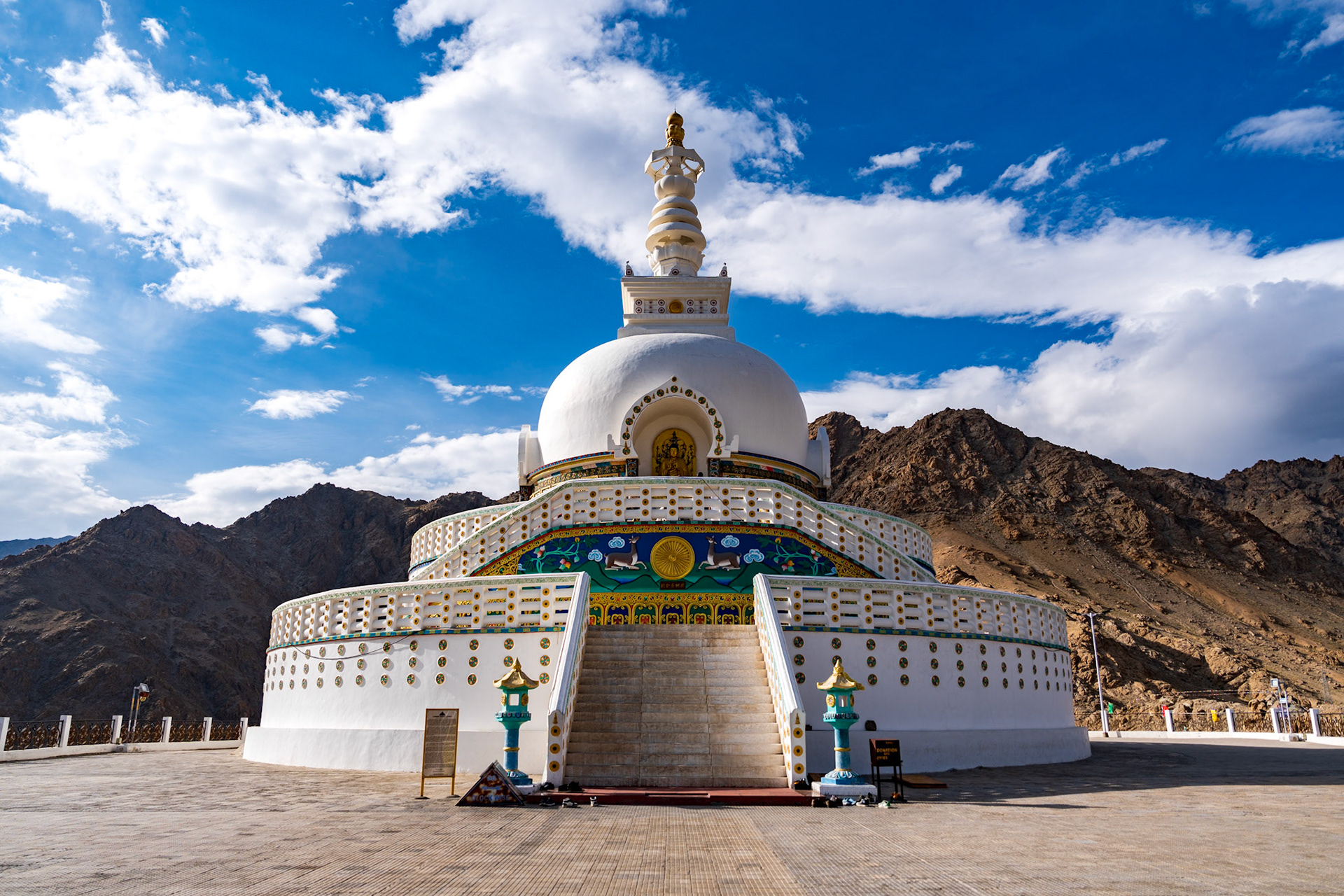
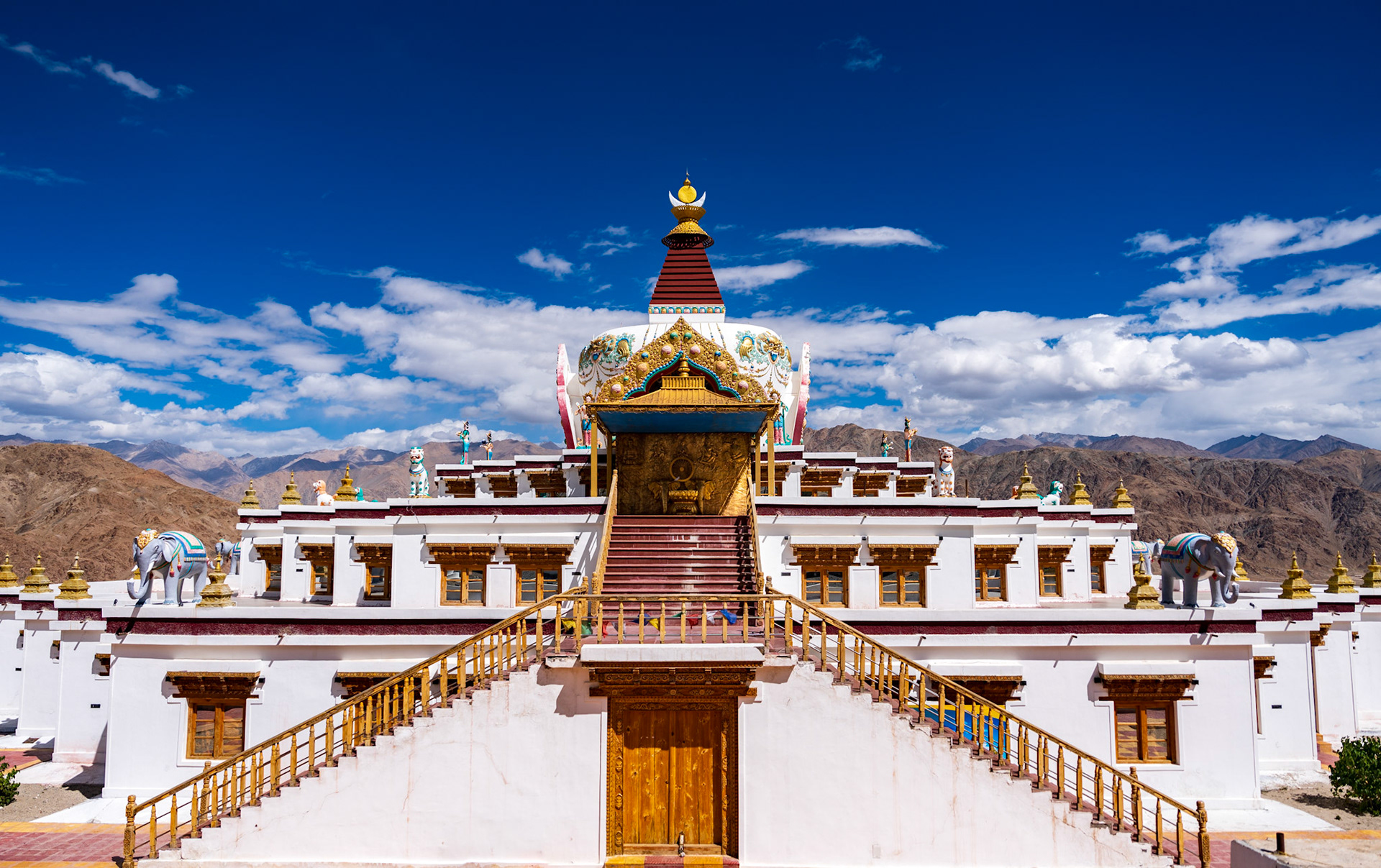

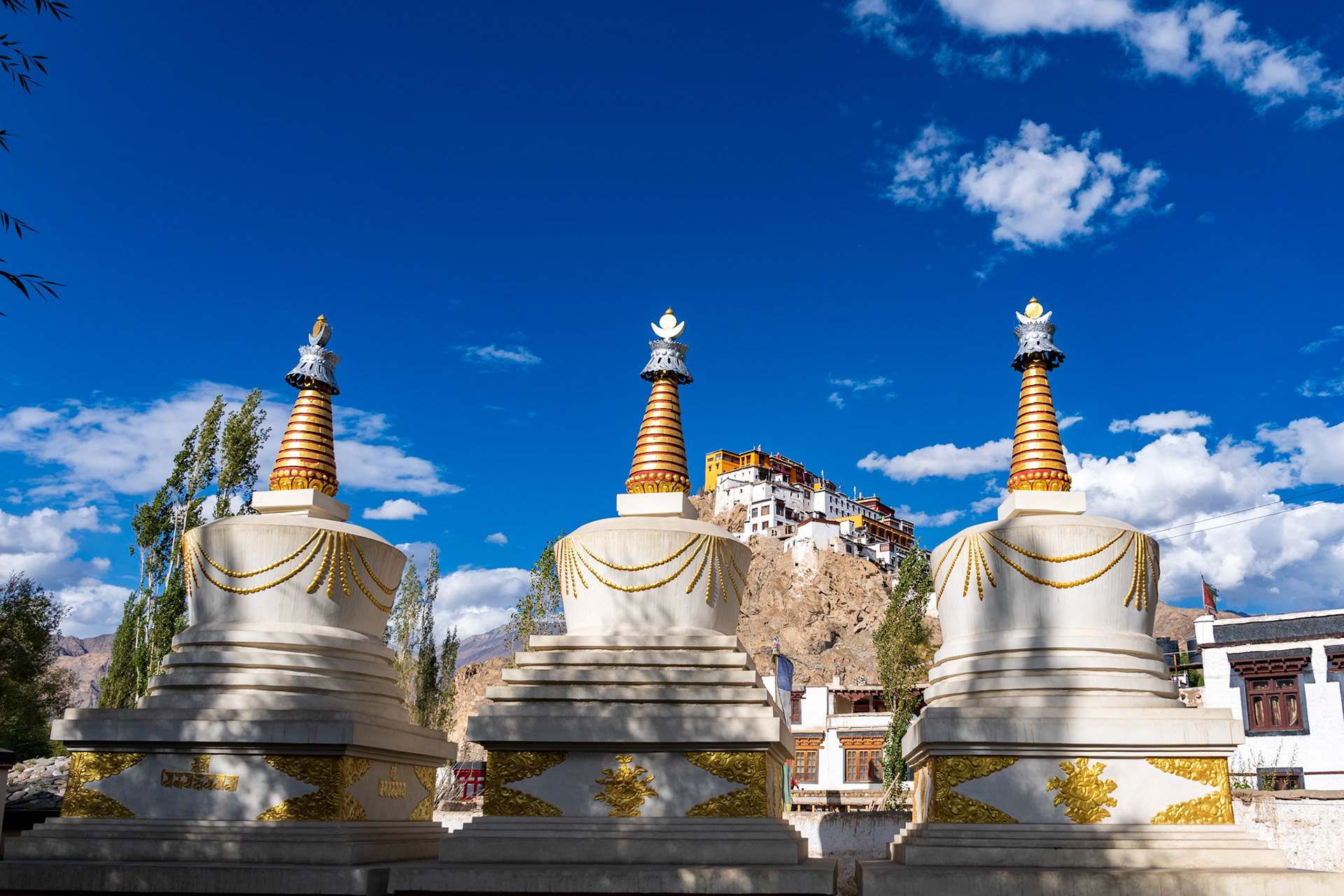
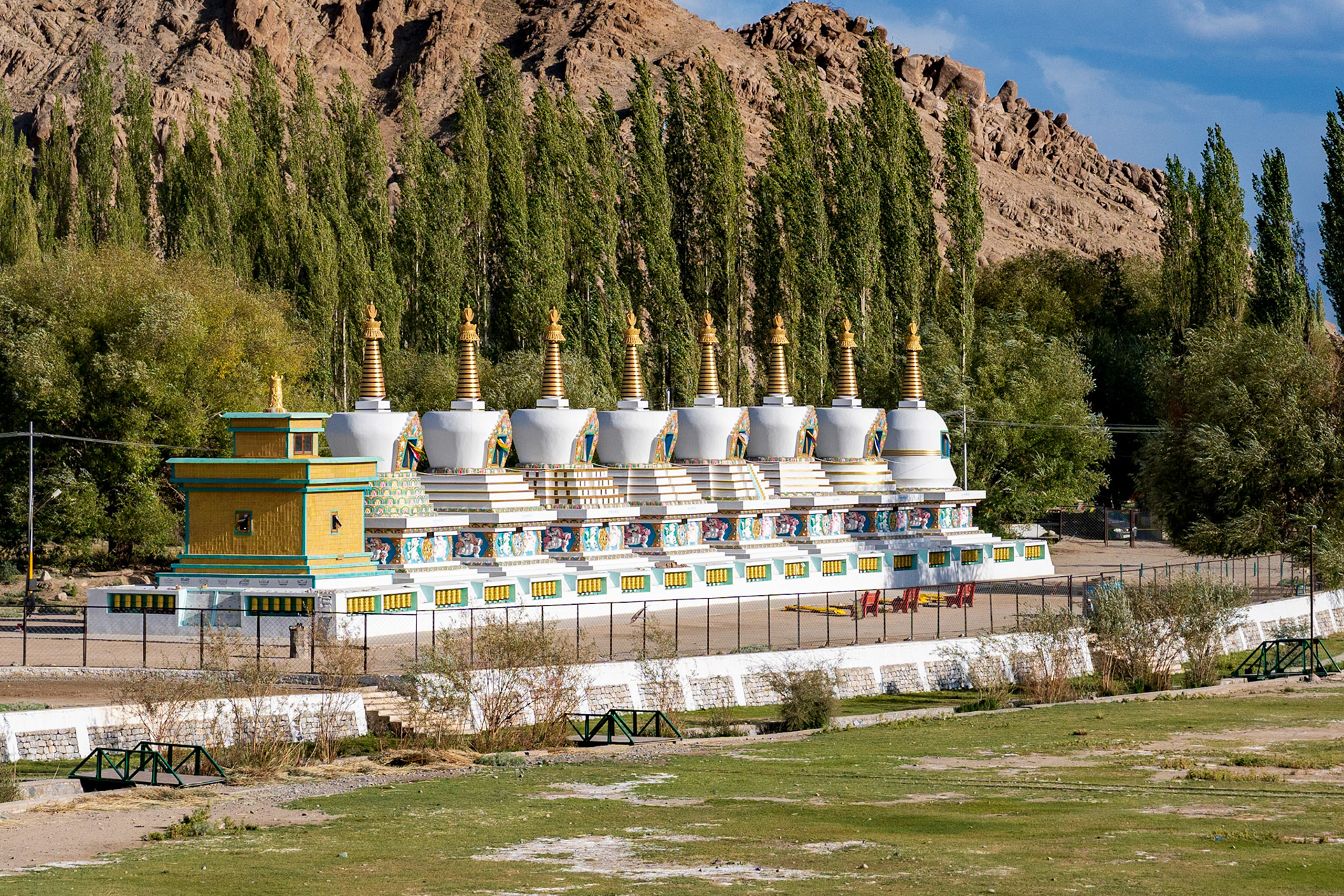


Hall of Fame - This is a war memorial dedicated to the Indian Army given how much they have done to safeguard India, and specifically the Ladakh region from Pakistan and China. The museum has an amazing history of all the wars that have been fought in this region. I really enjoyed the light and sound show chronicling this history at night.
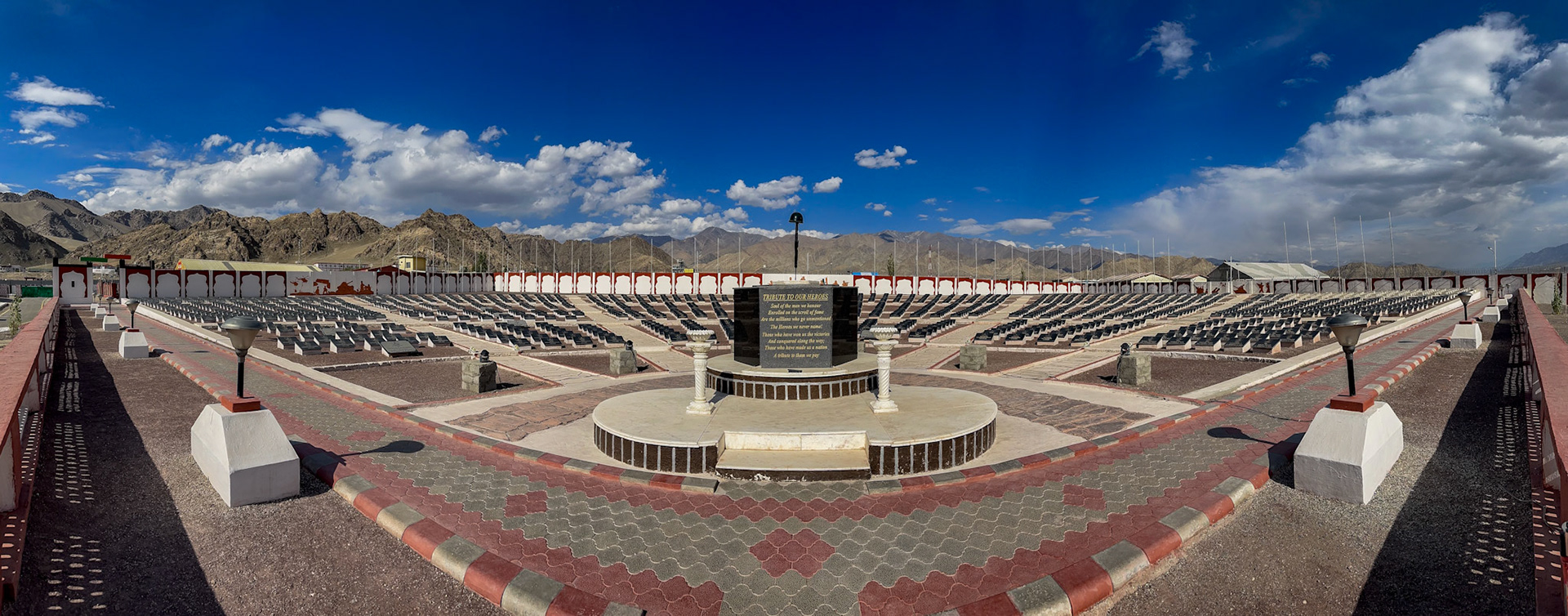
Leh - That leaves Leh… the capital city of Ladakh. It was our home base as we made day trips from here to see all the above sights. Leh is surrounded by mountains pretty much anywhere you see. I imagine this place must look white all around in the winter once the snow hits. We tried some local food and Thukpa was our family favorite!
Most of the sights in and around Leh are covered above so these photos are more to showcase the terrain.
